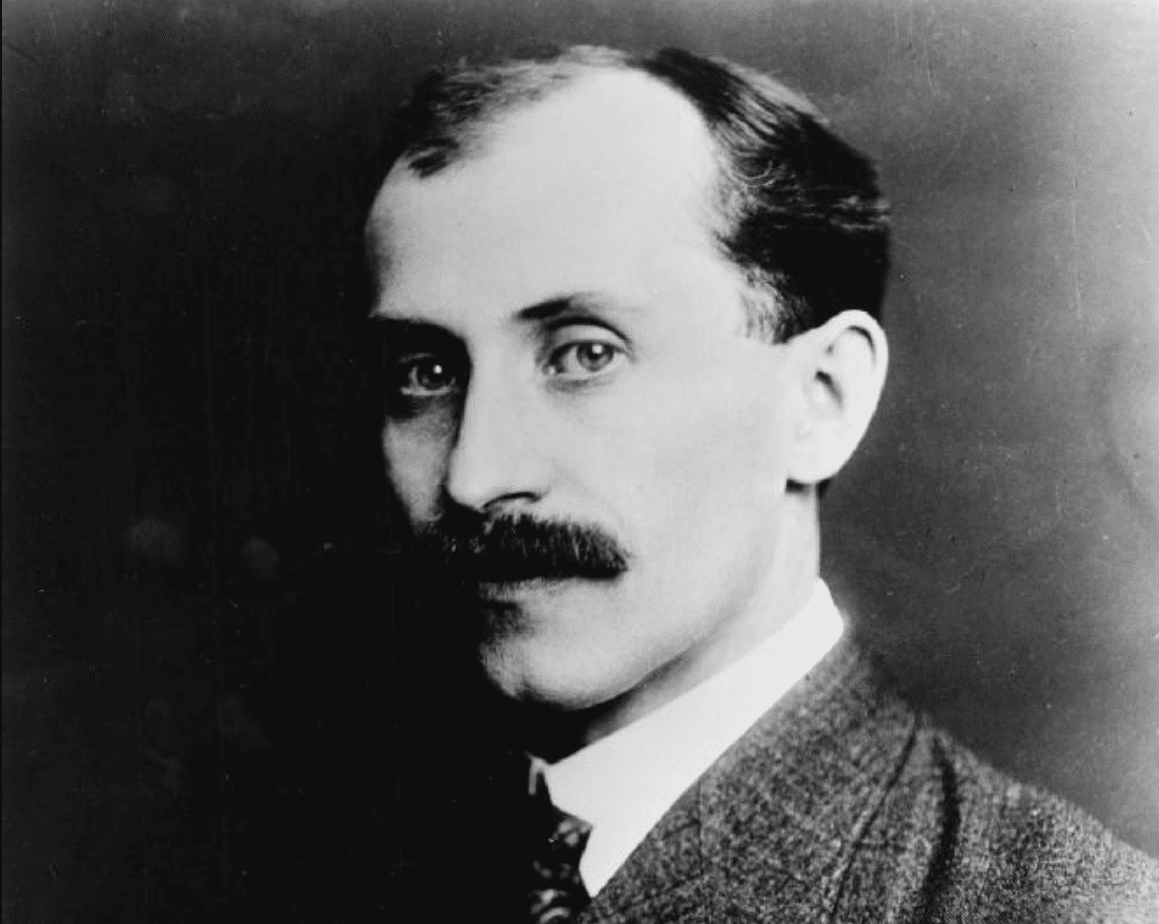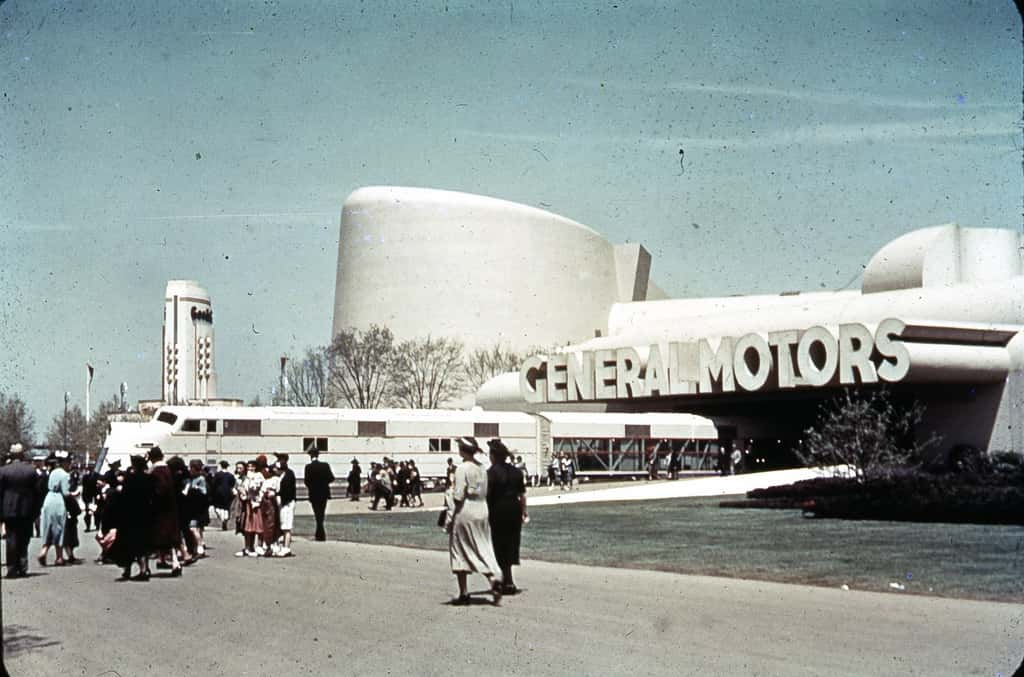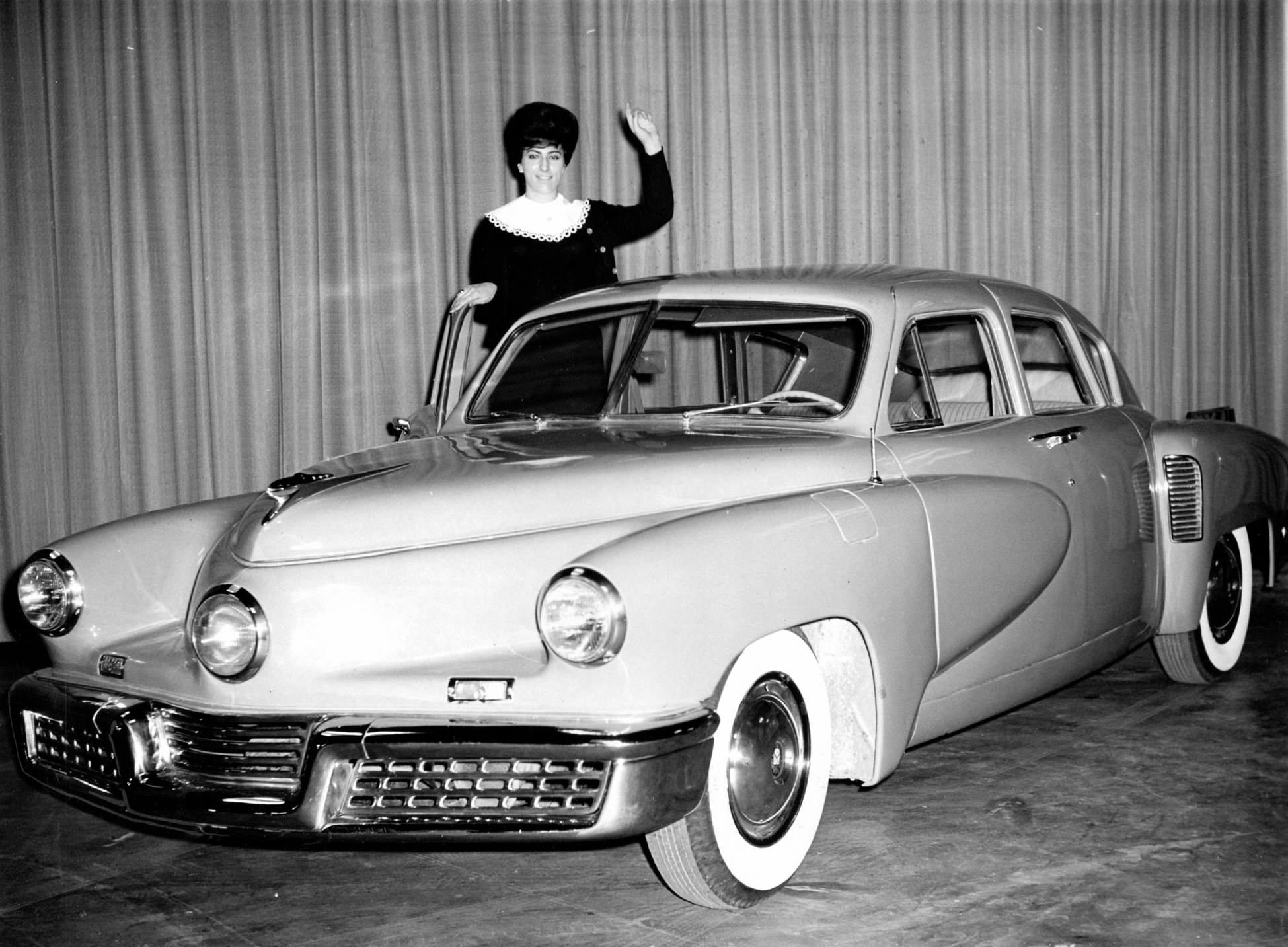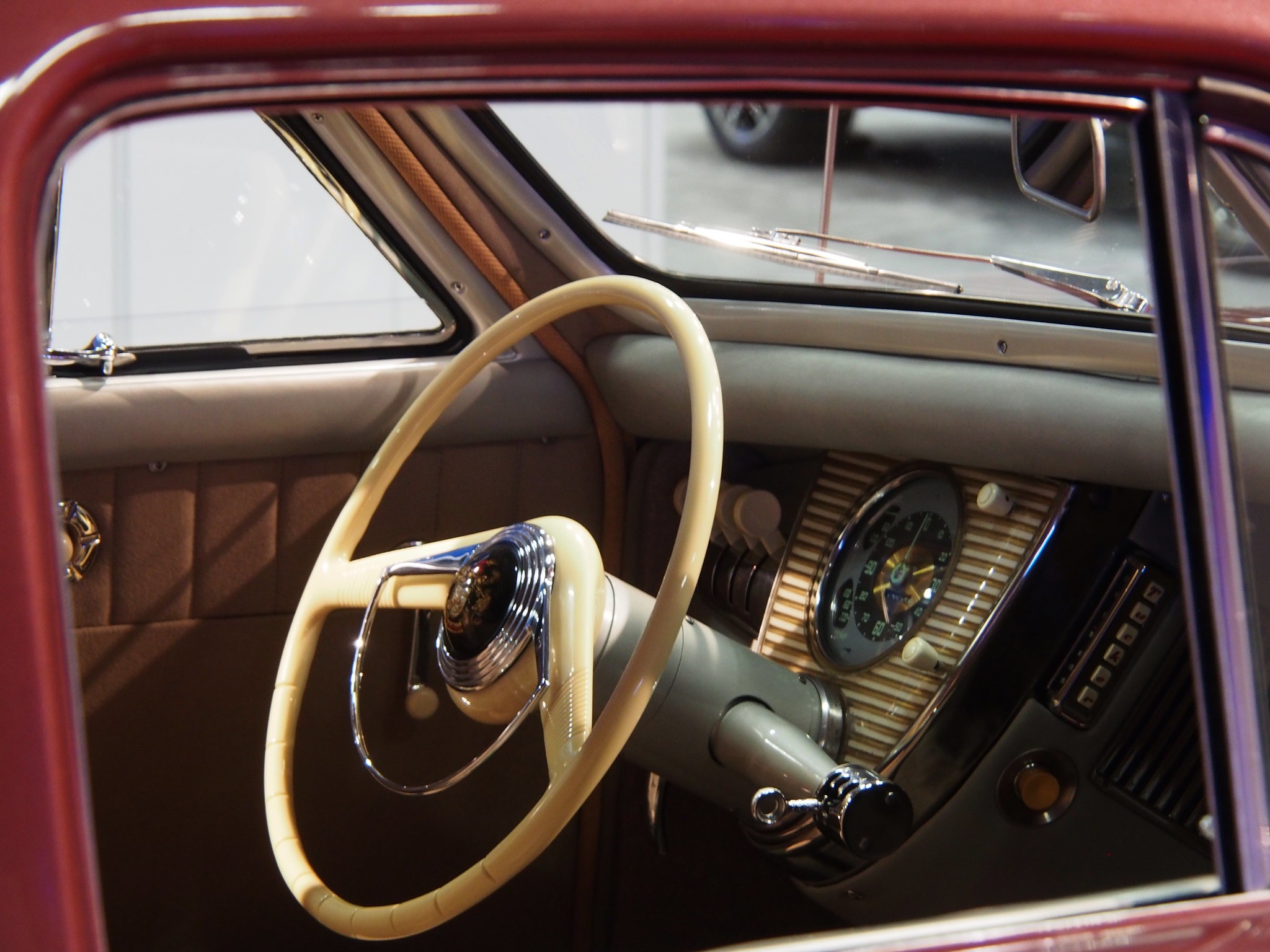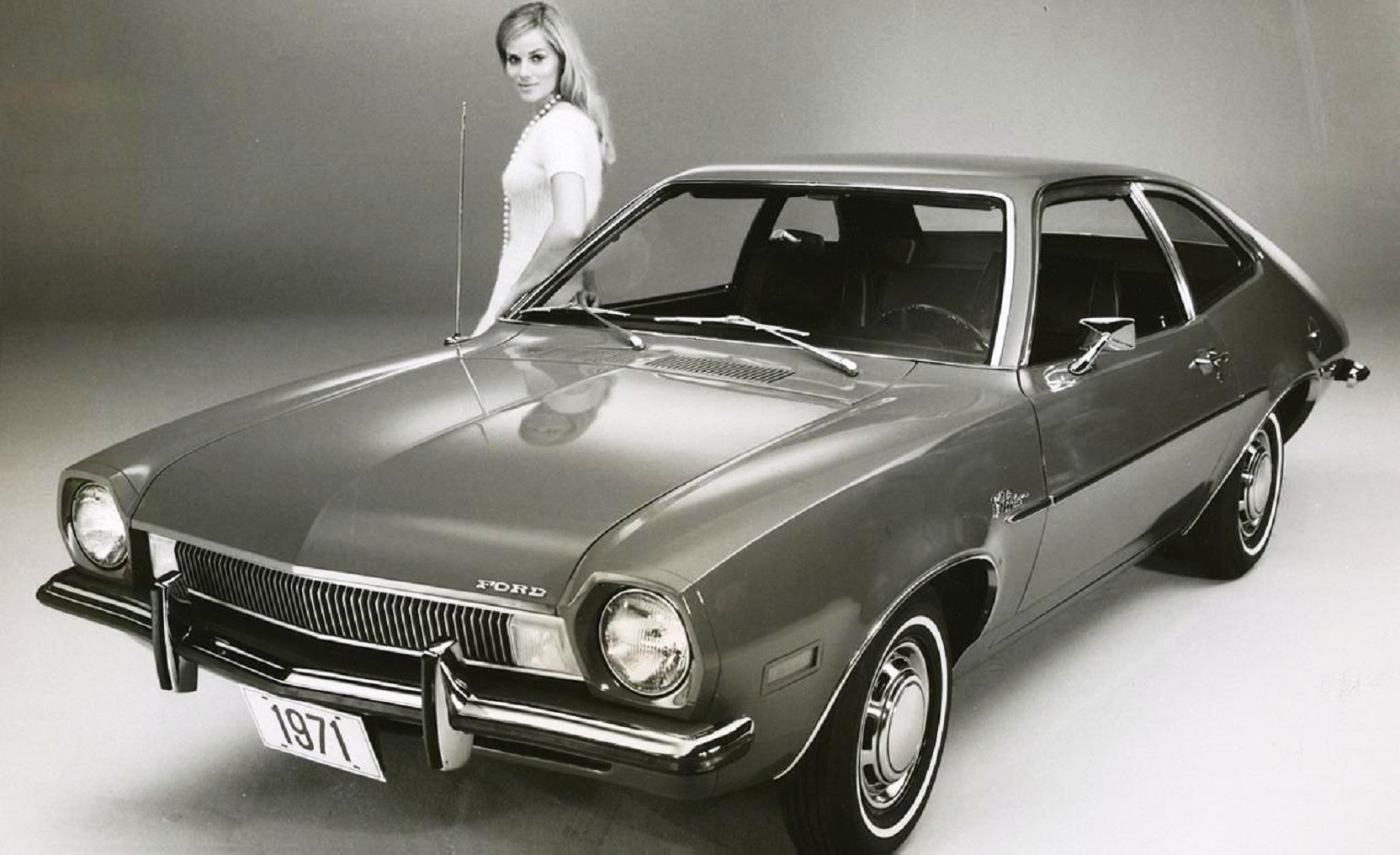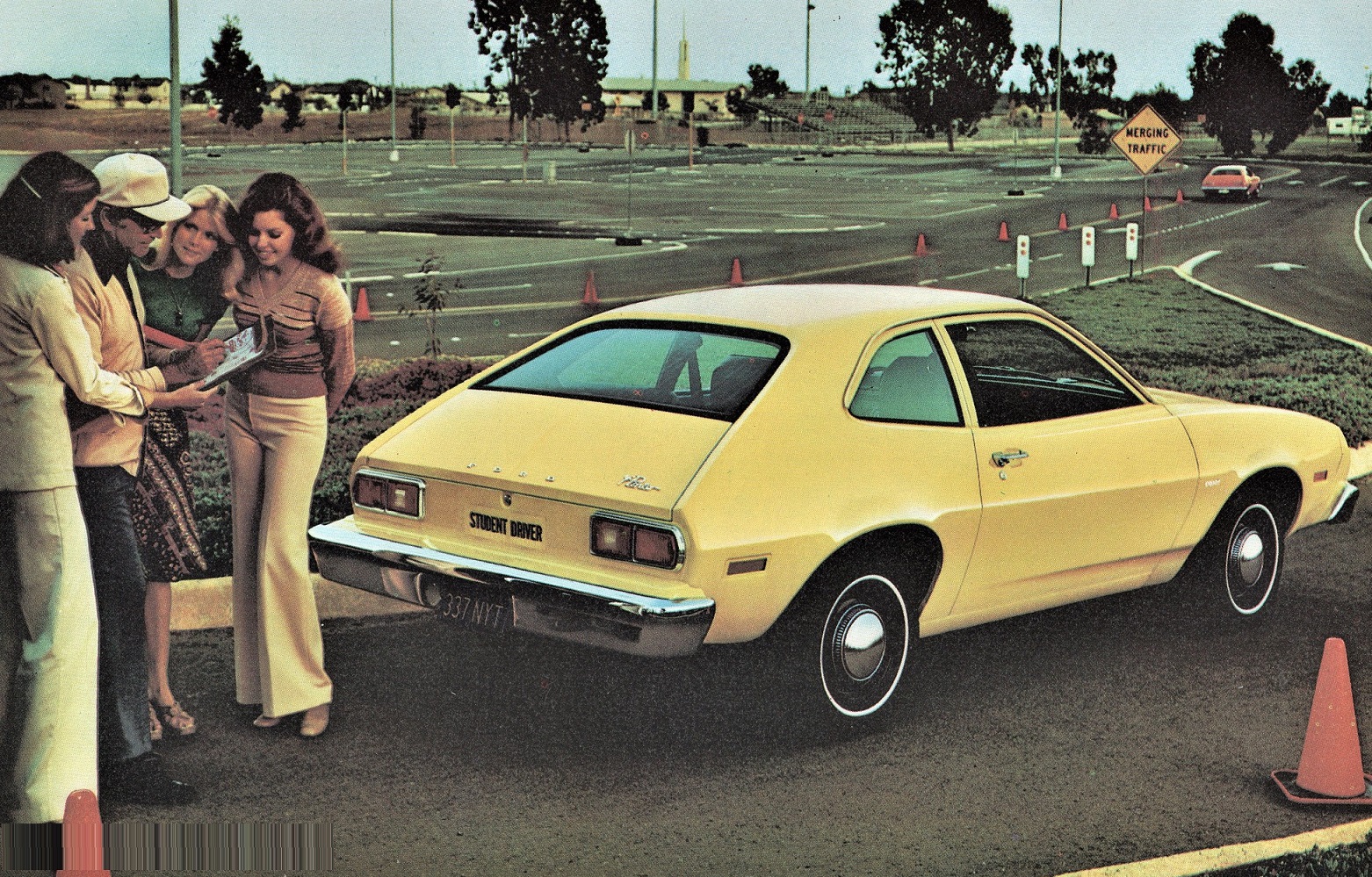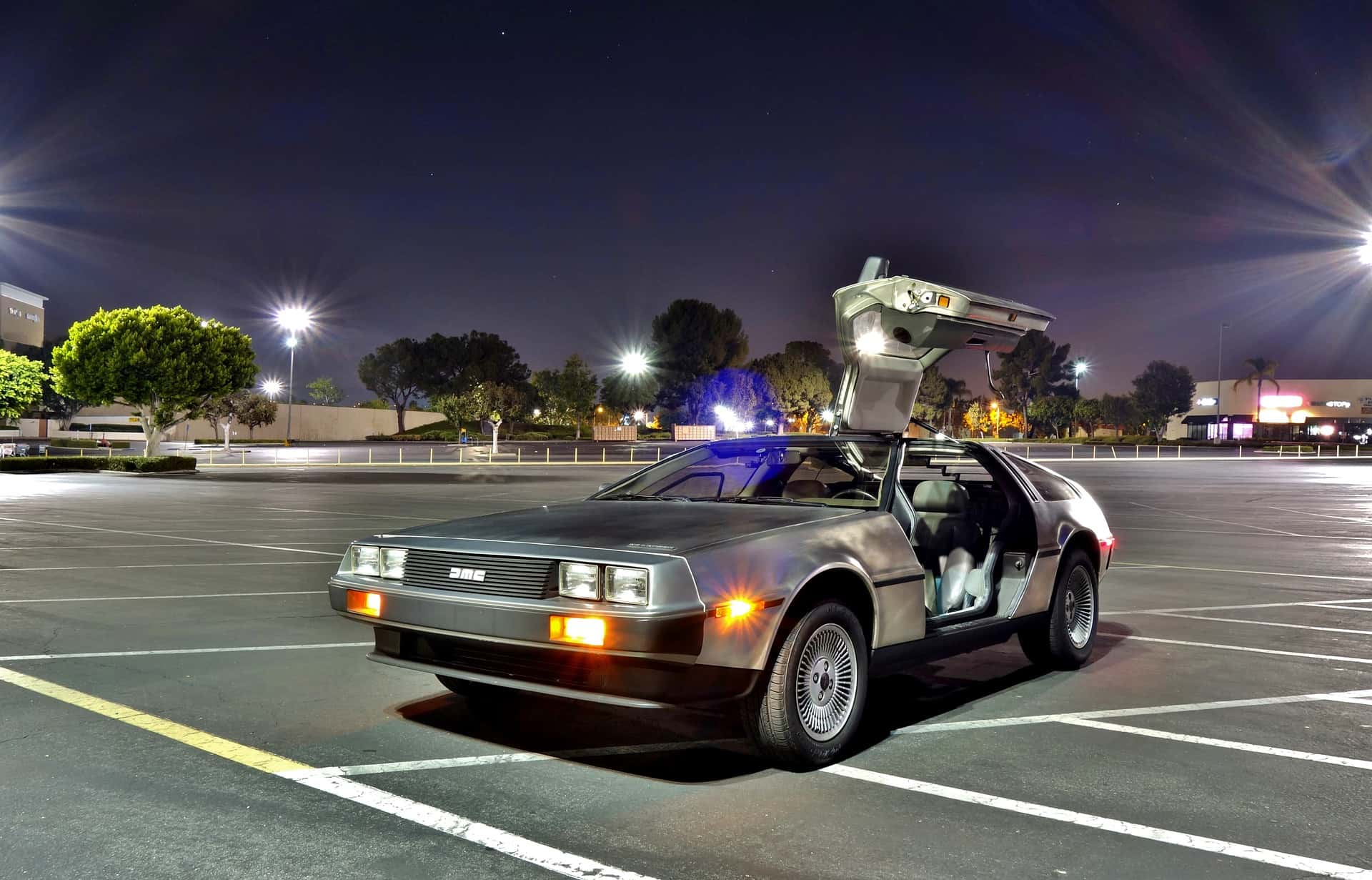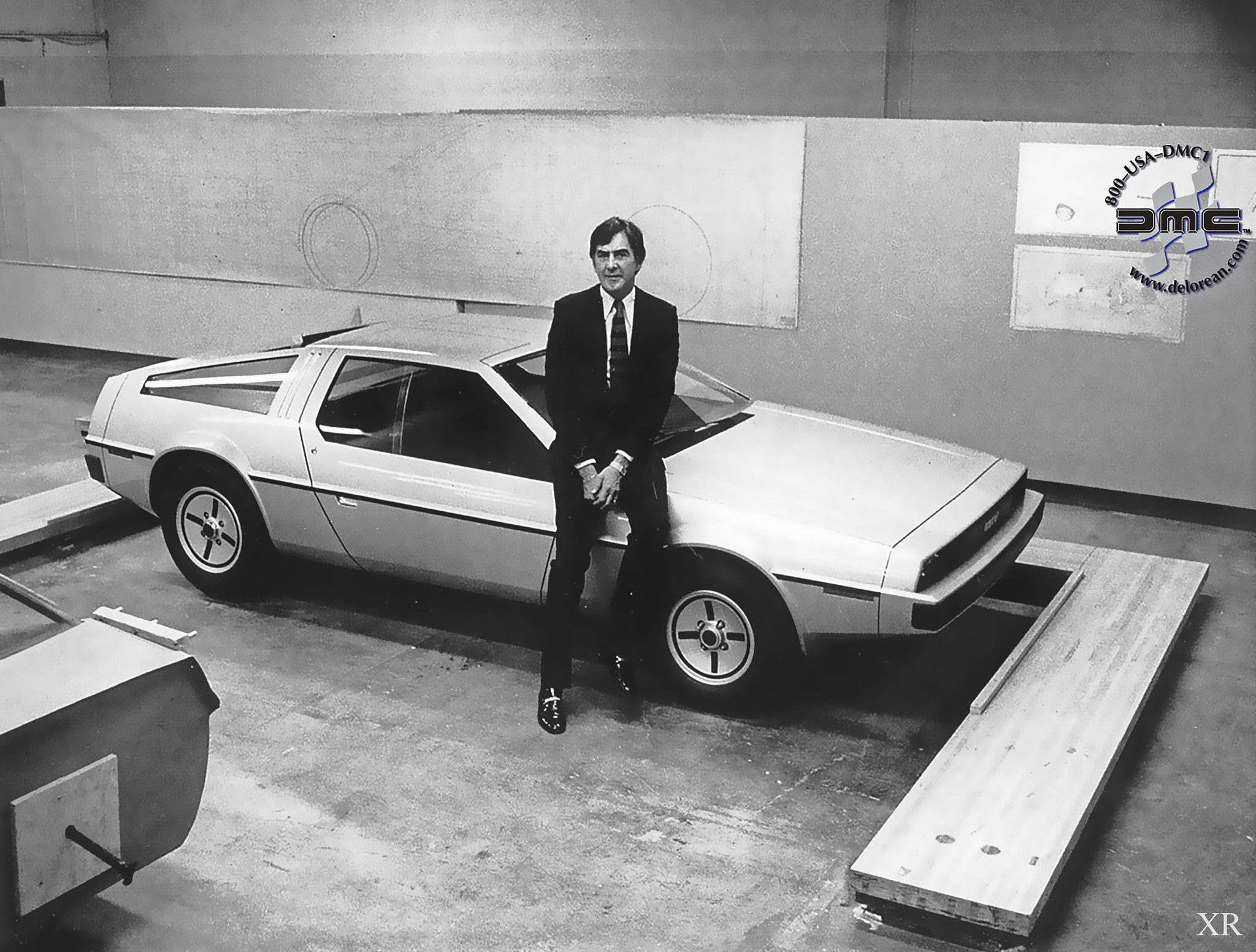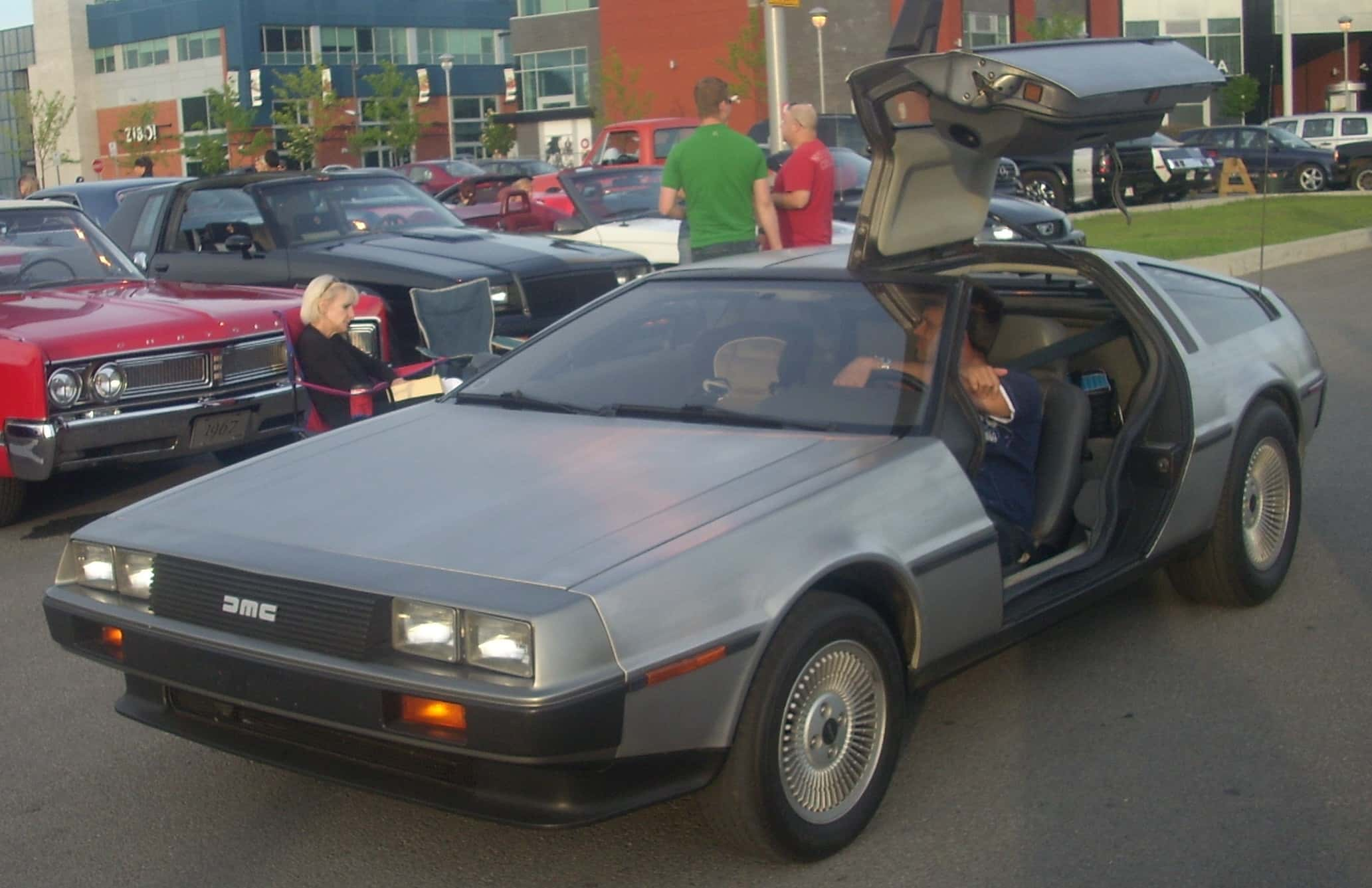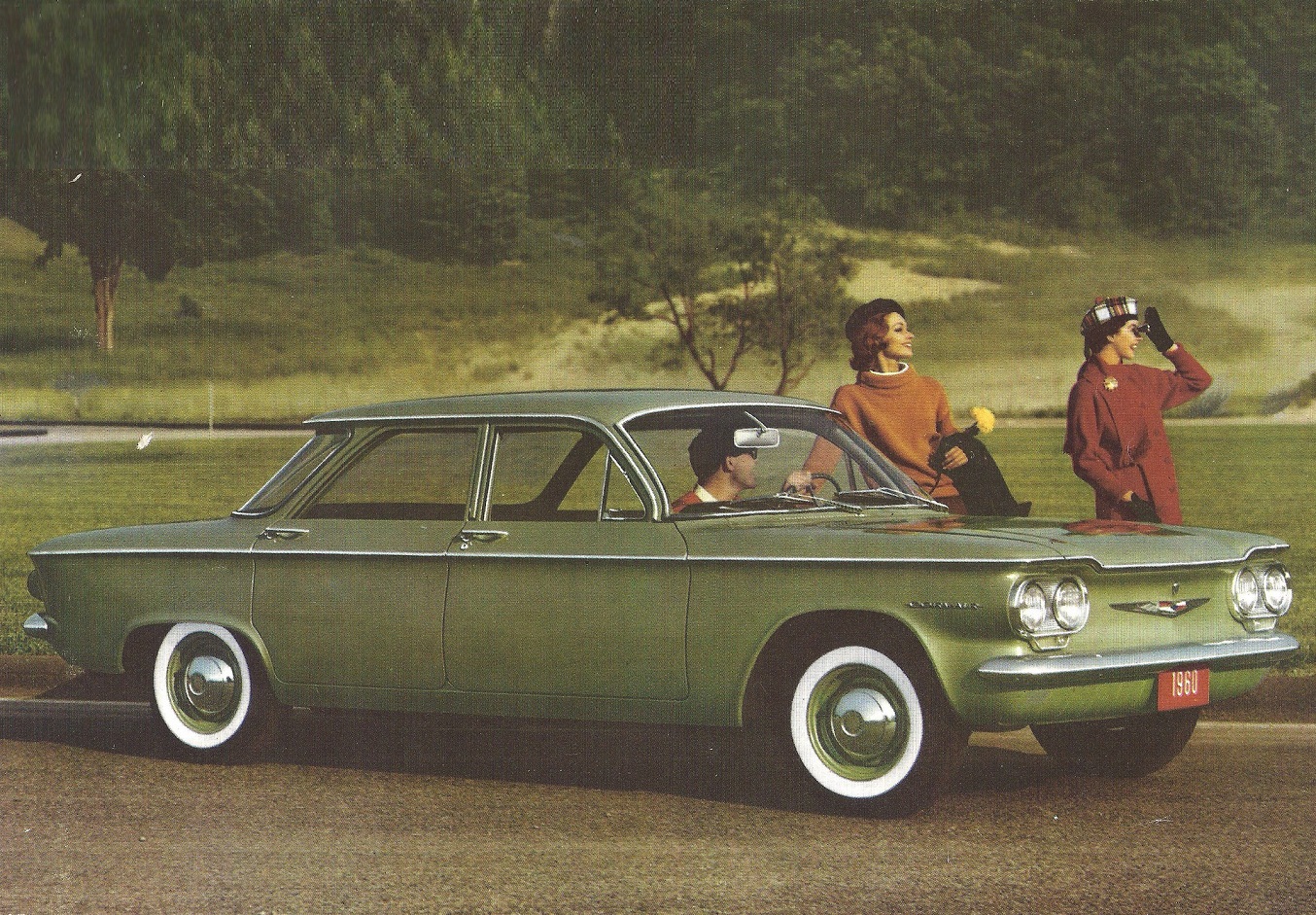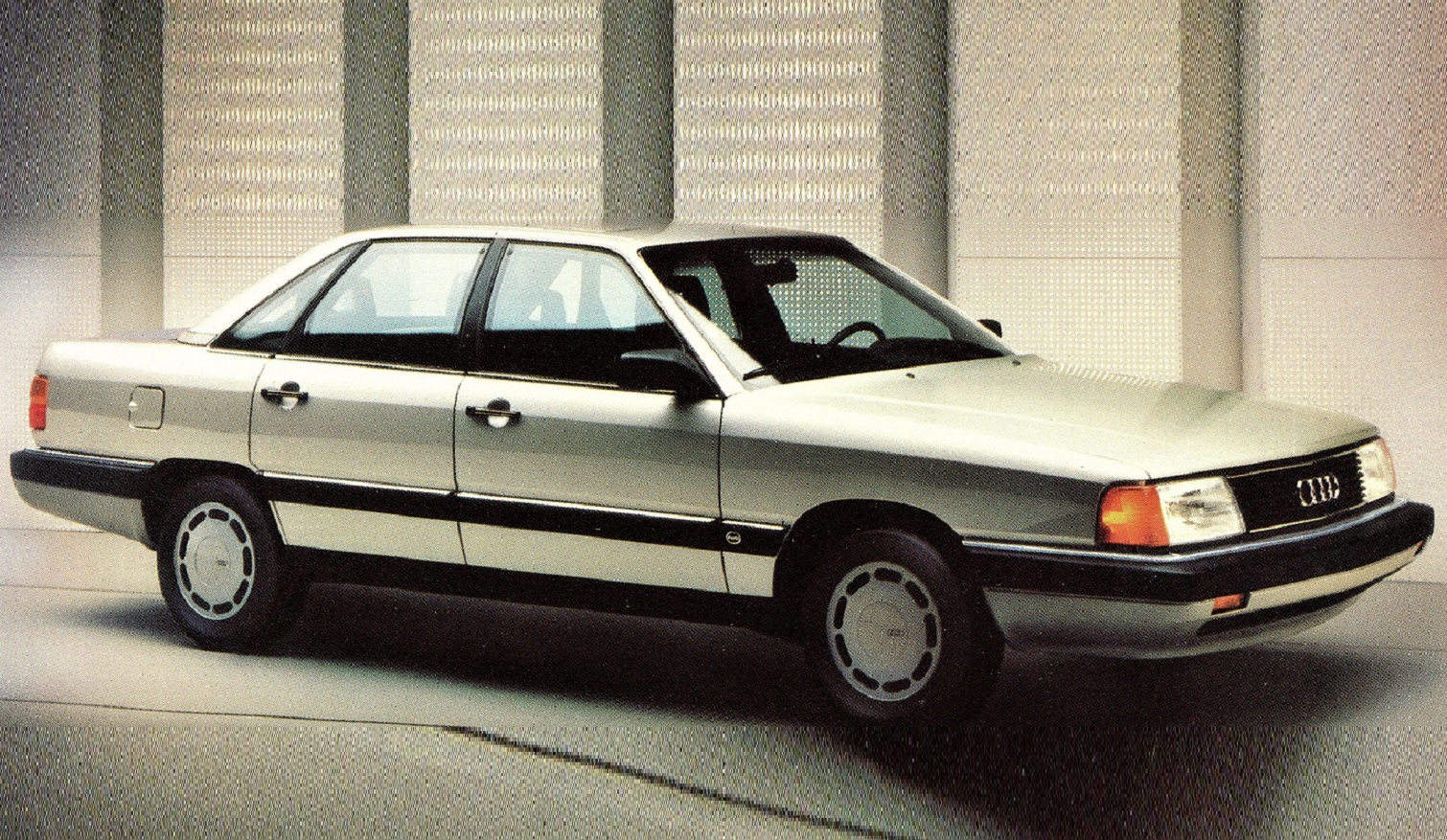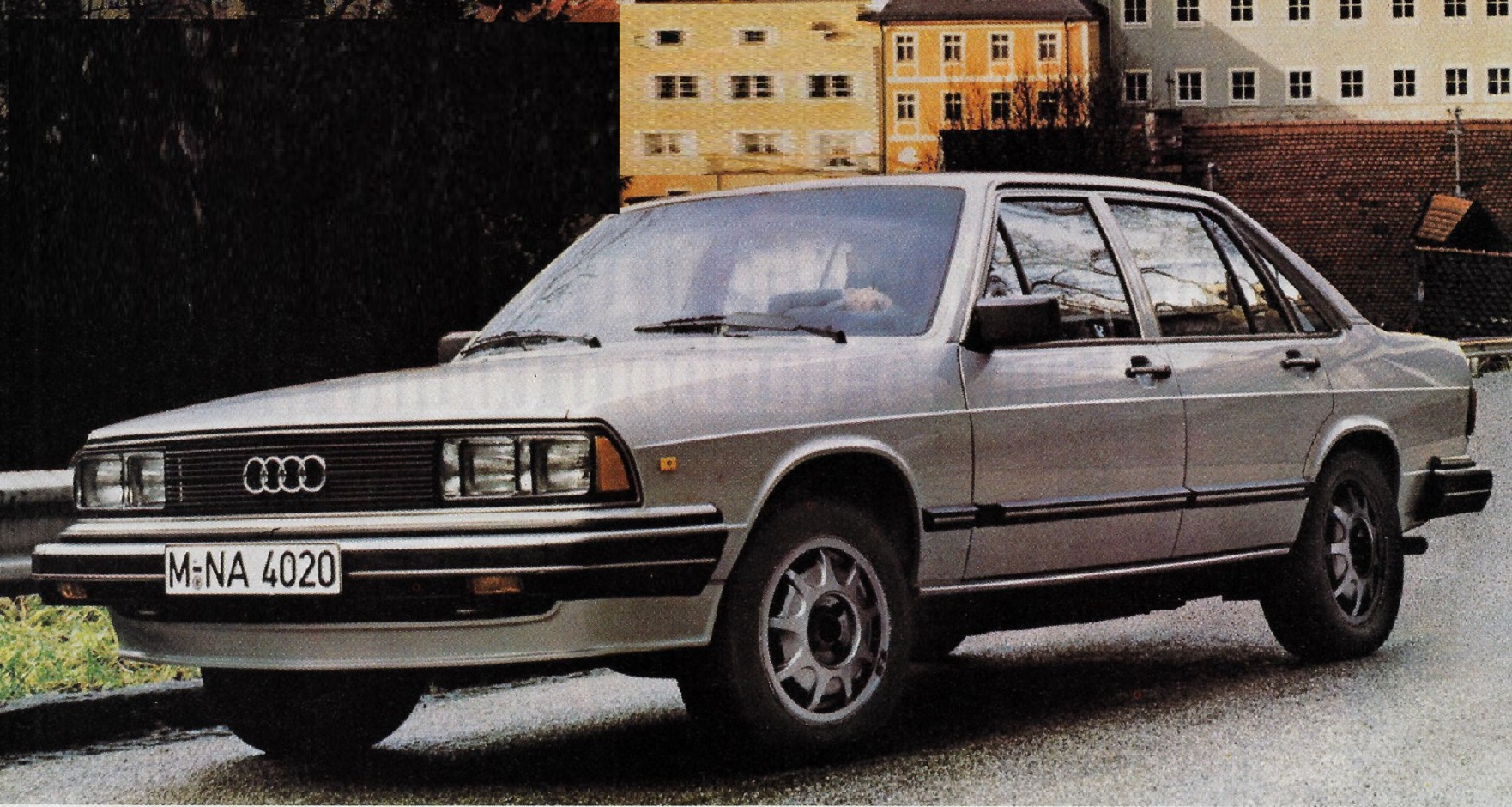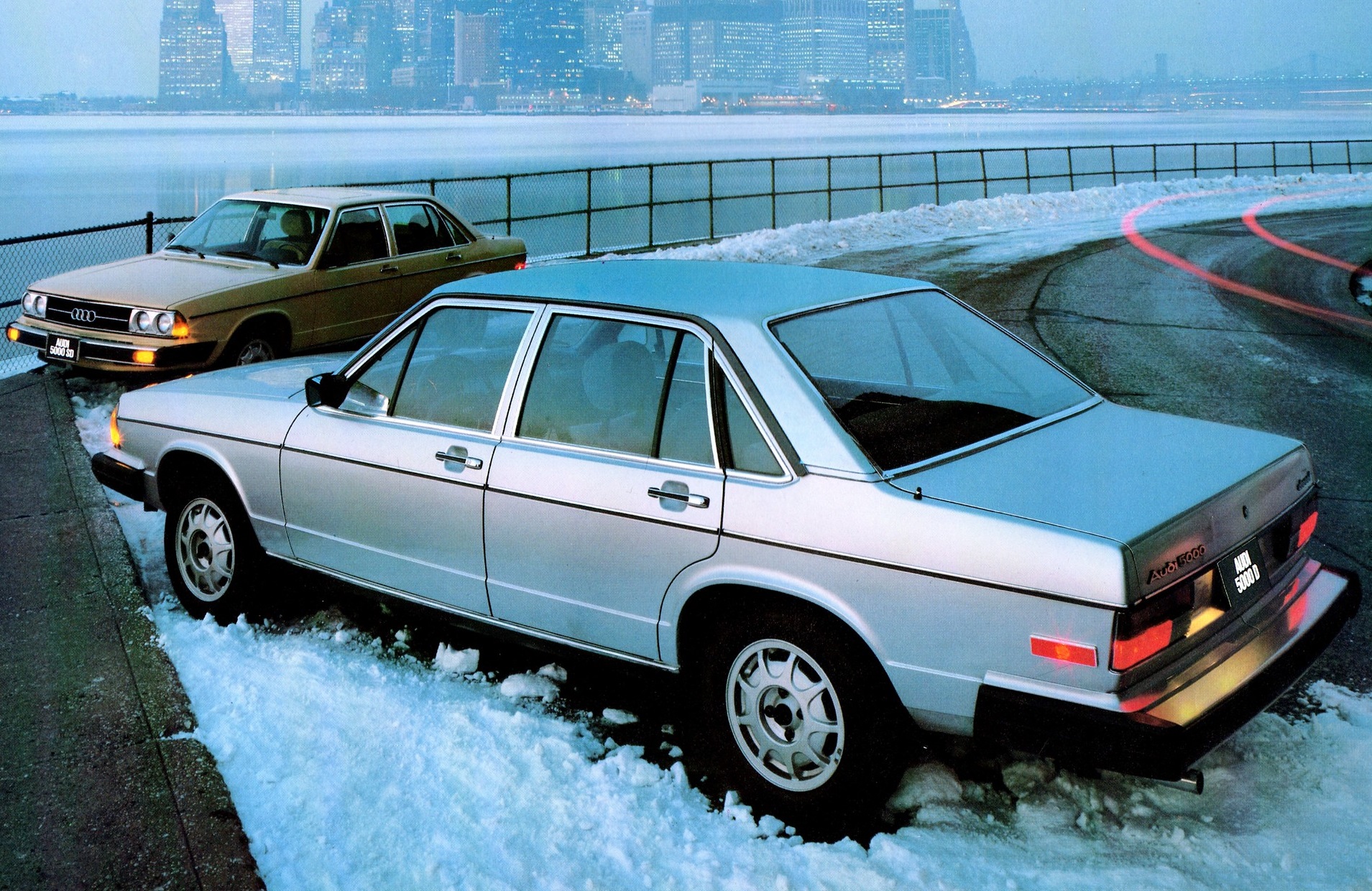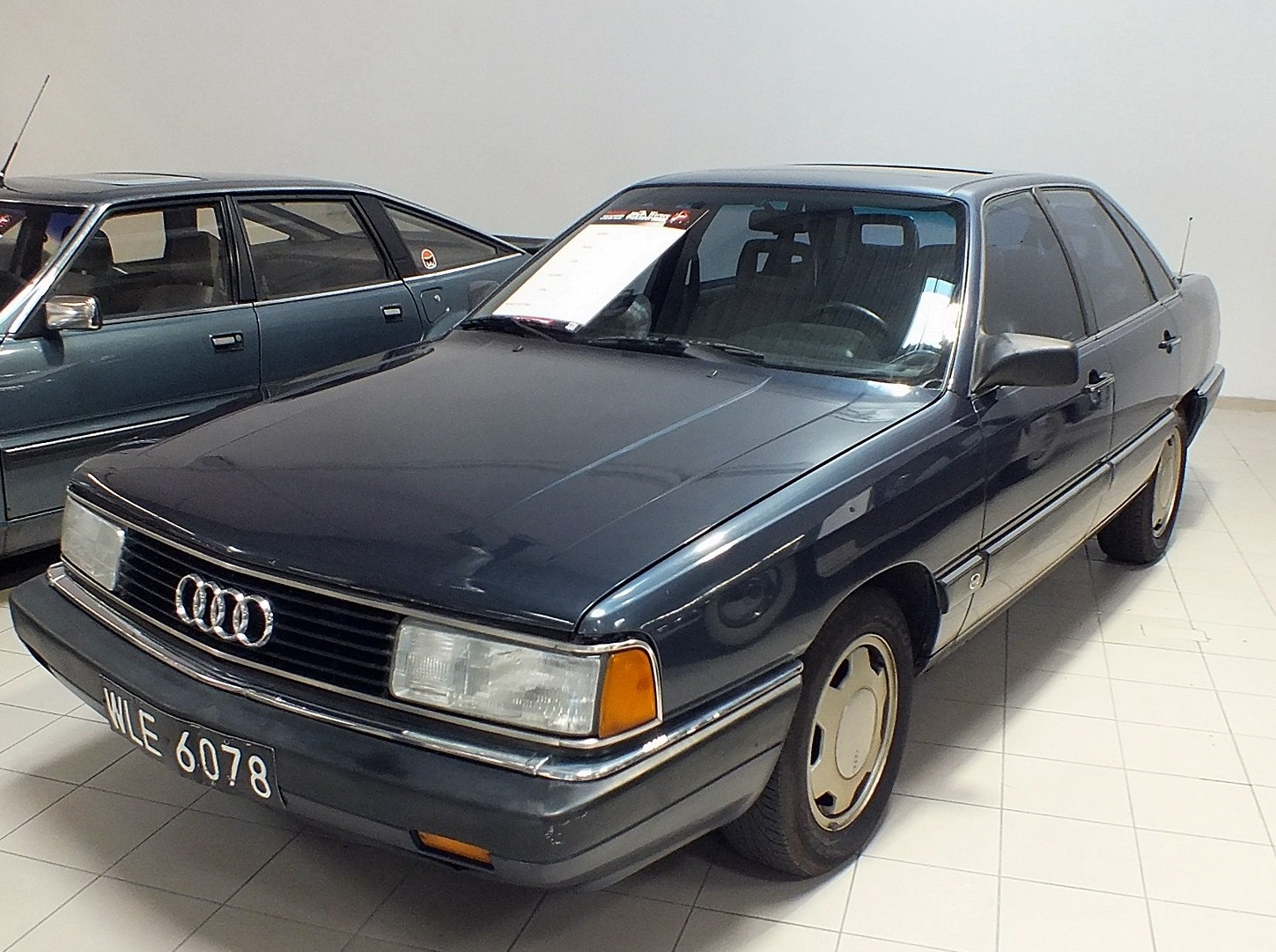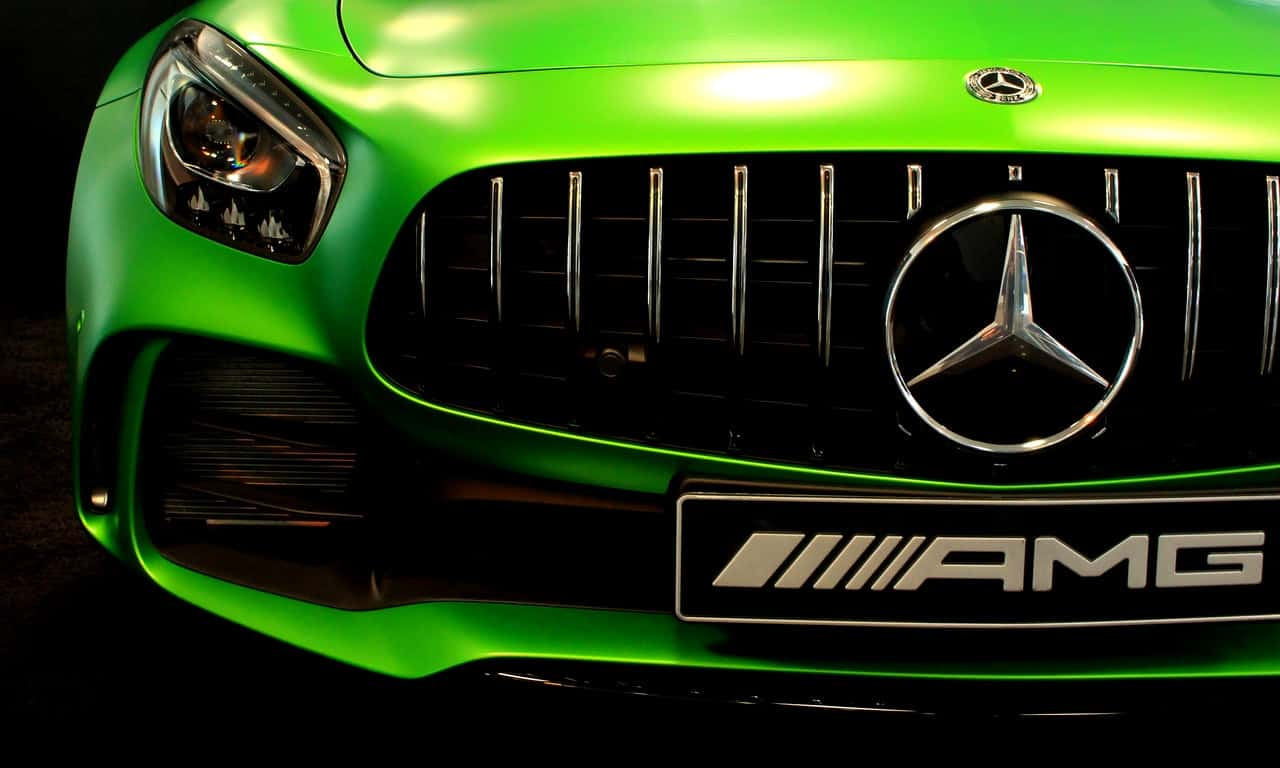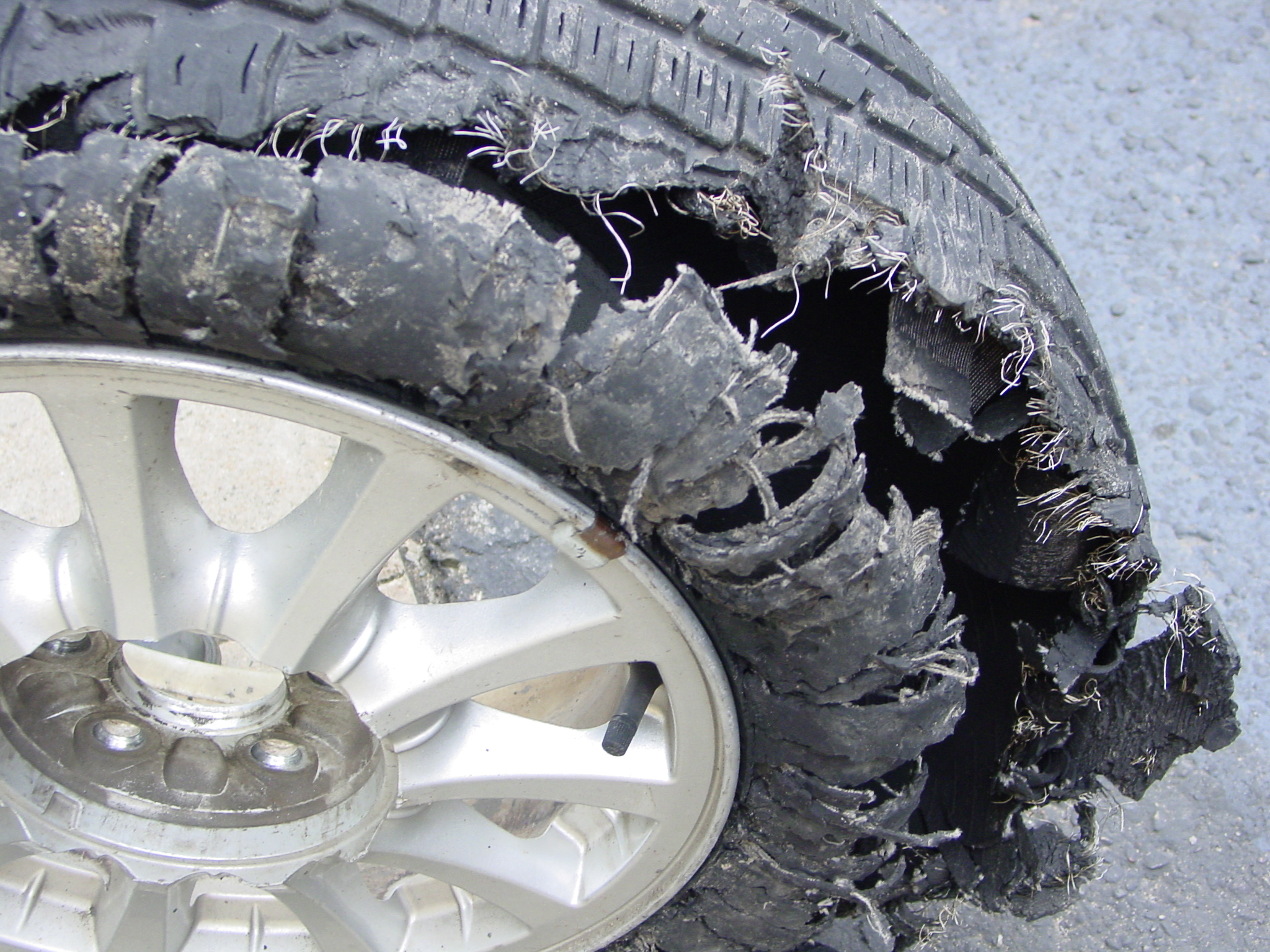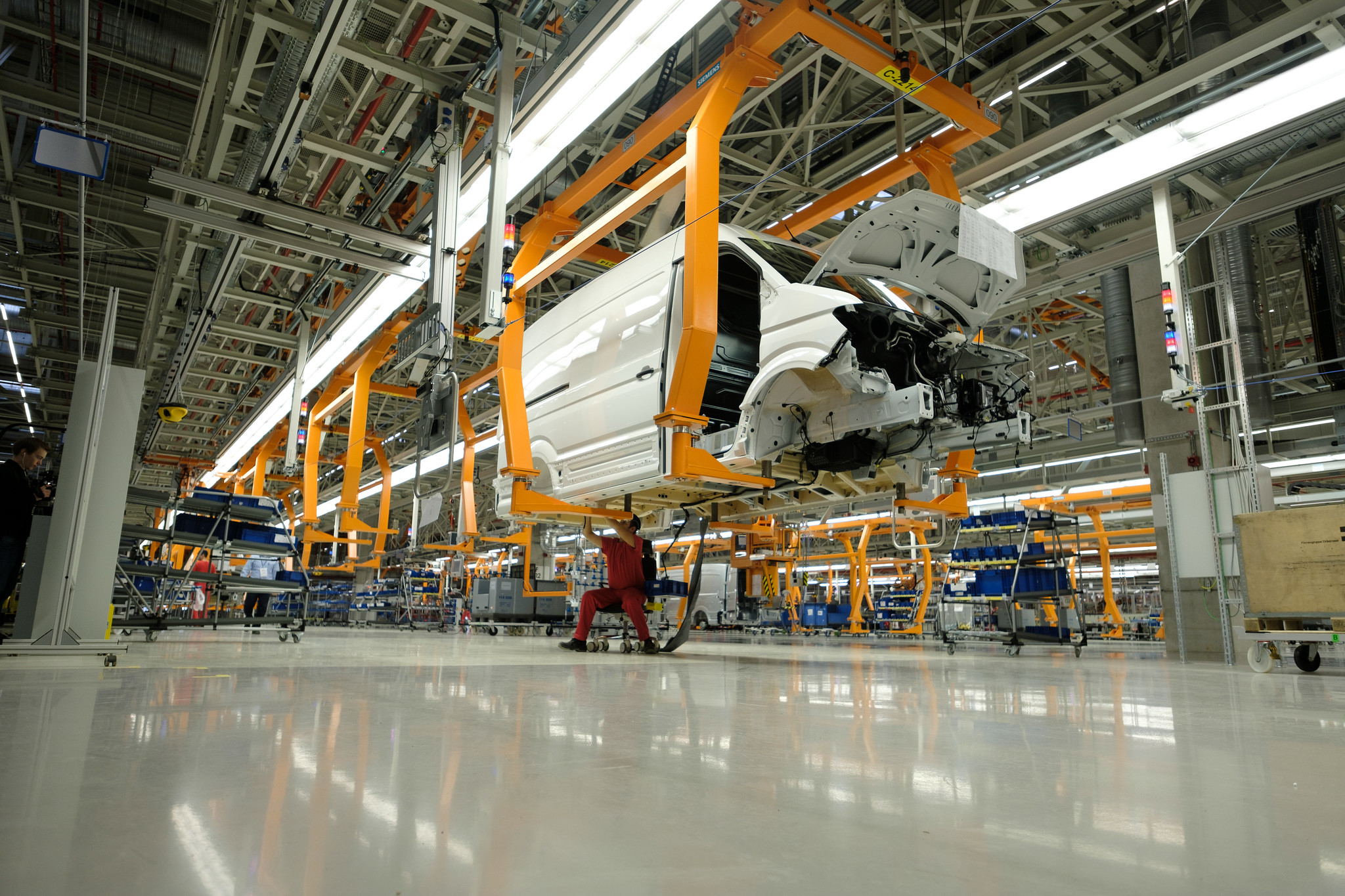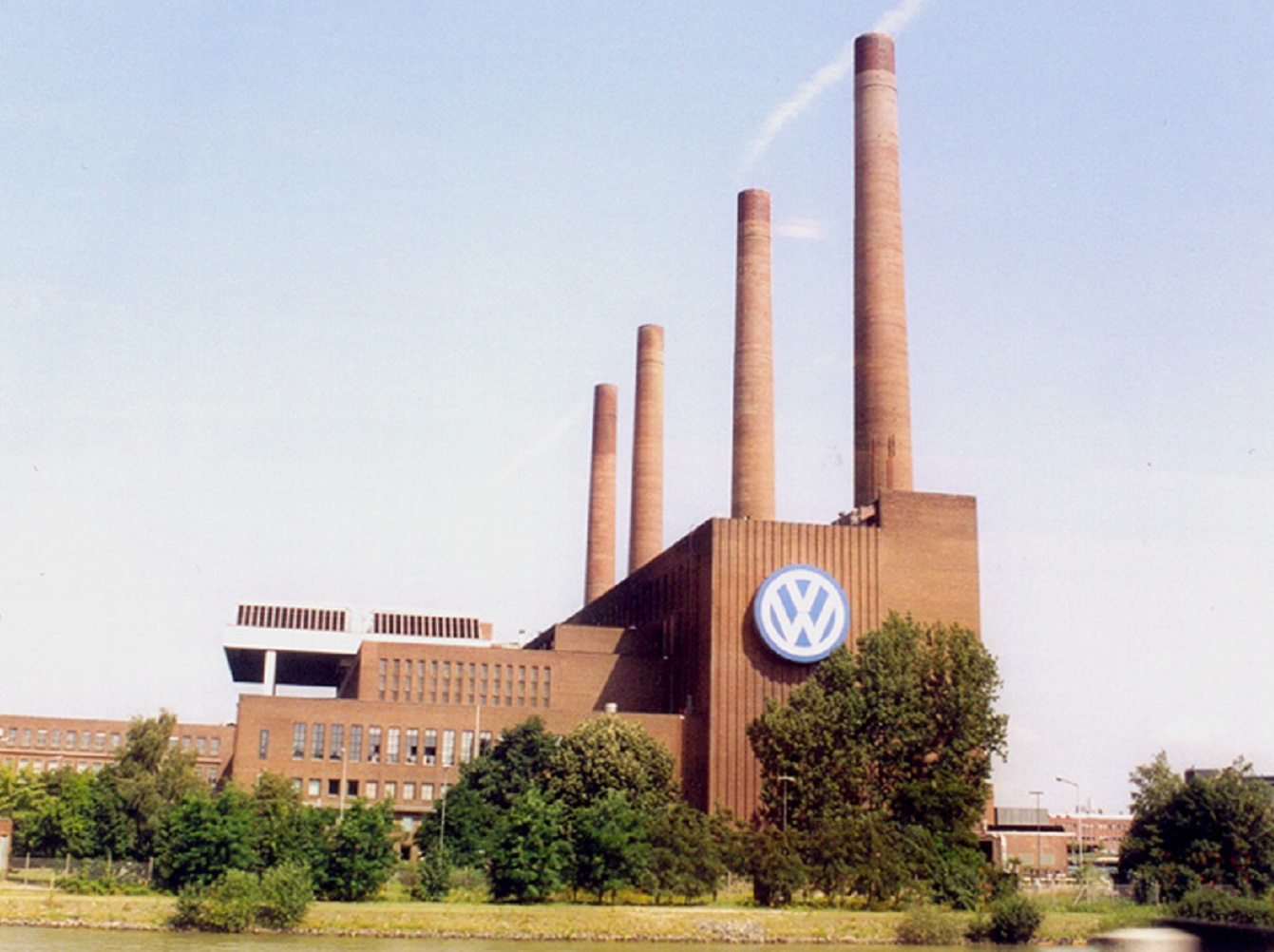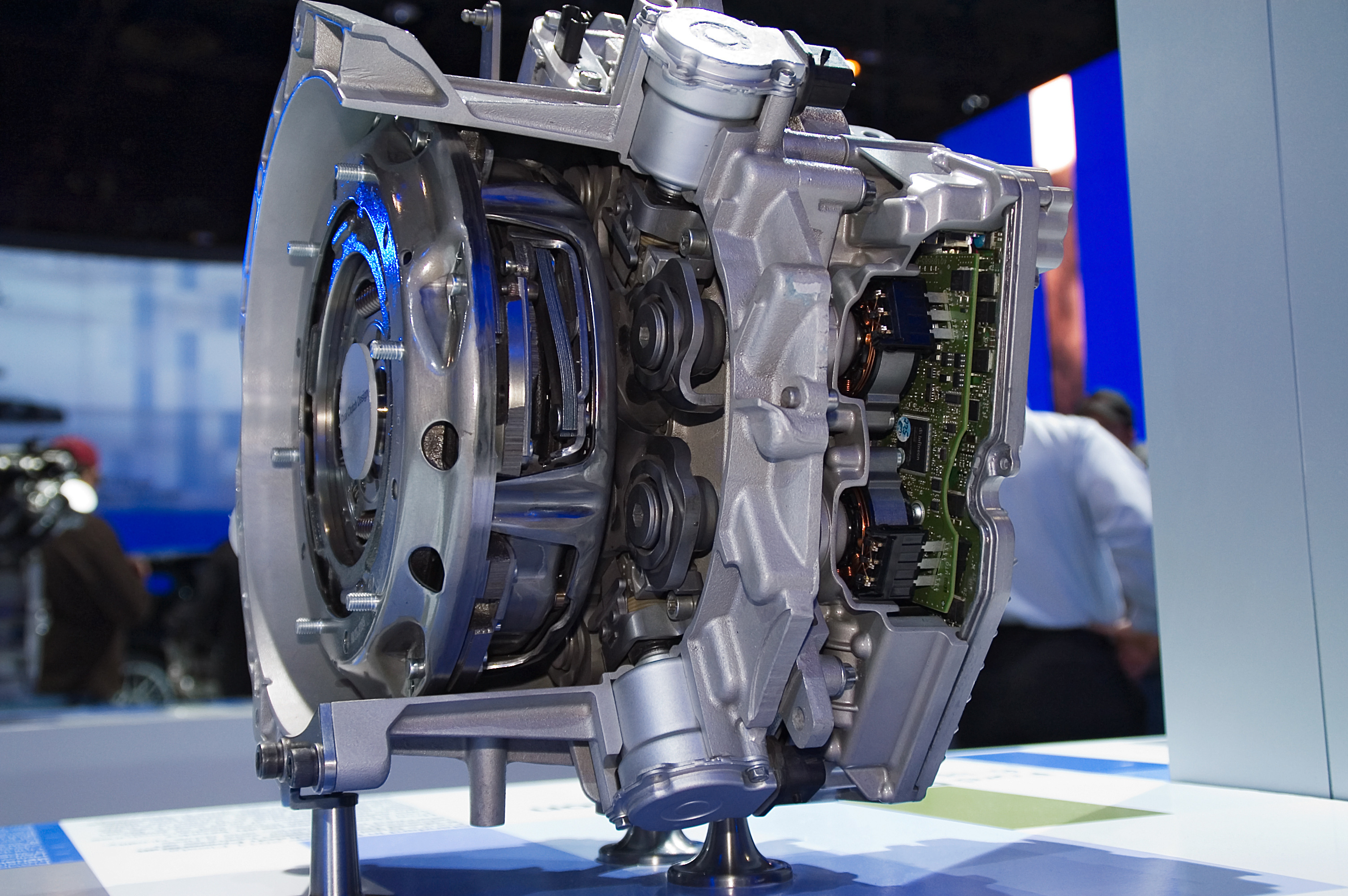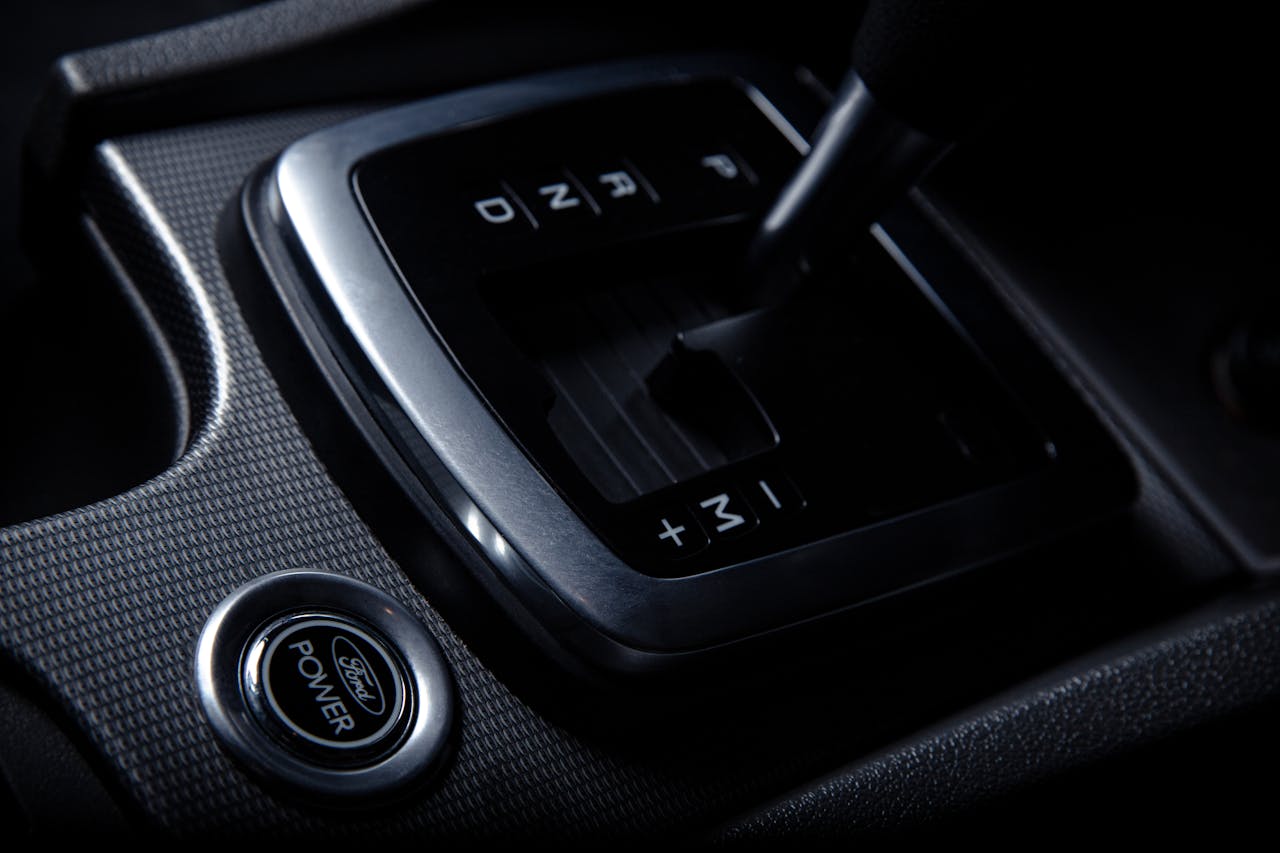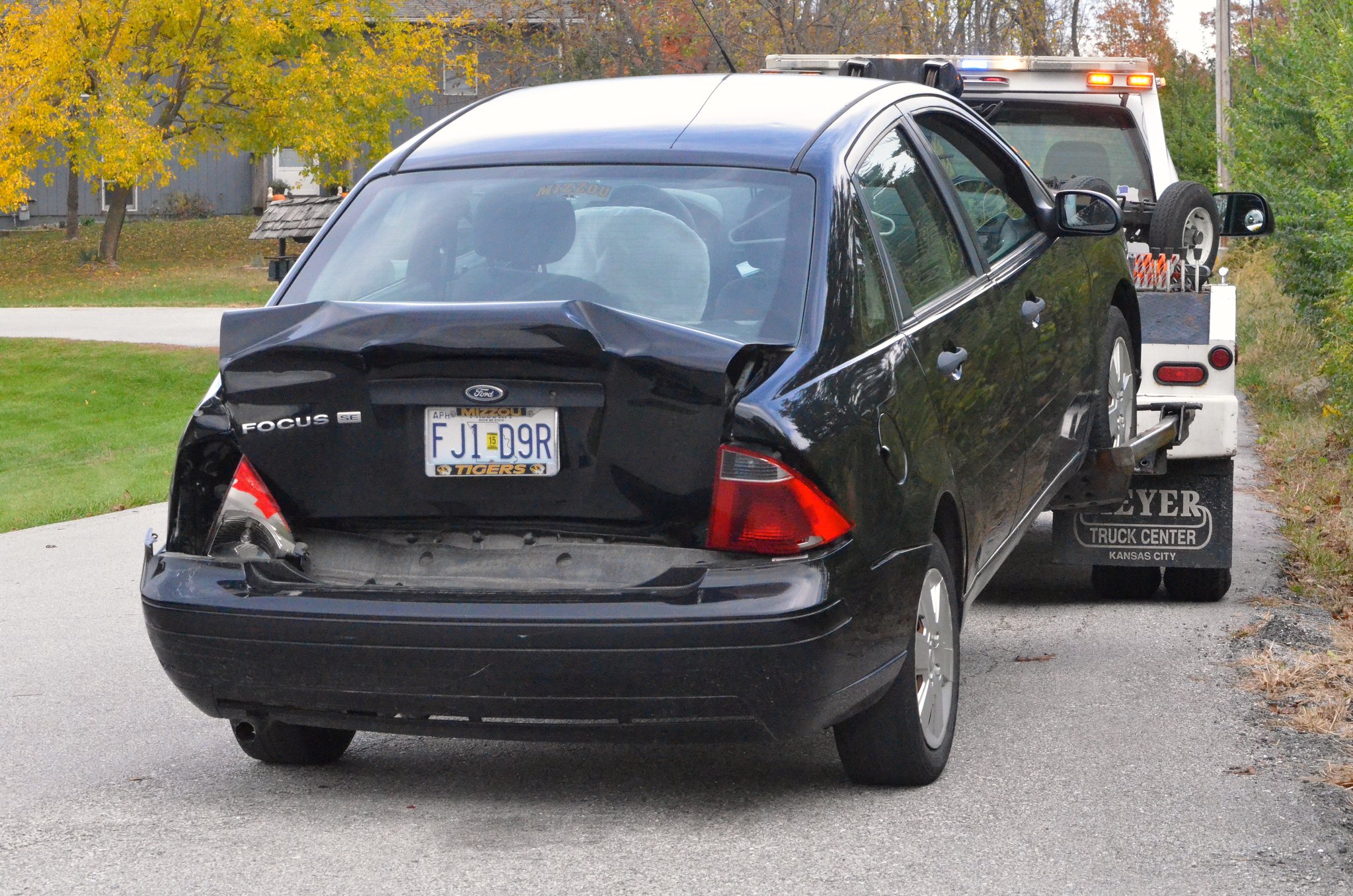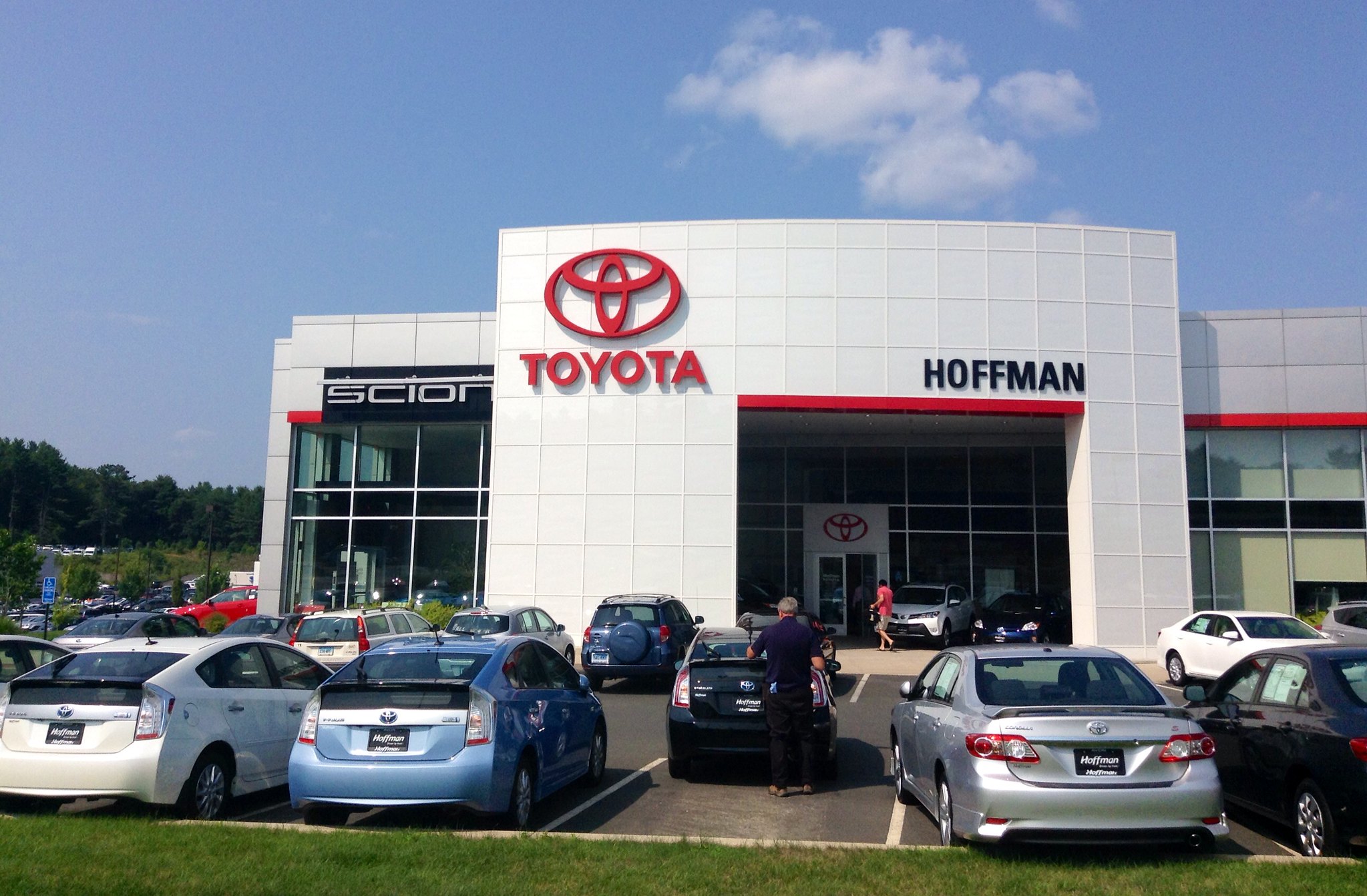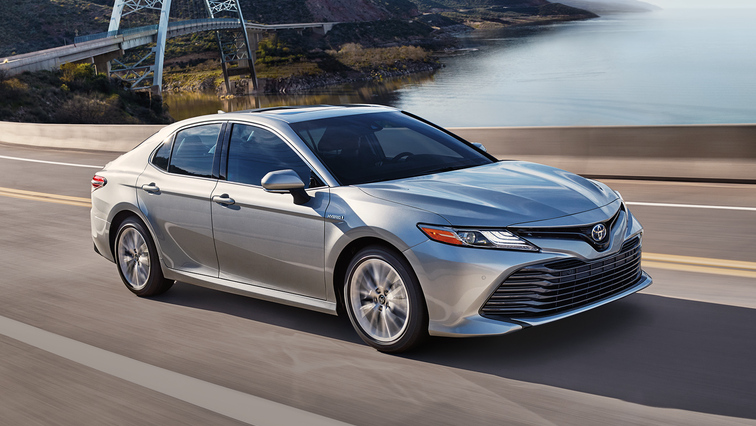The Worst Screw-Ups In Automotive History
Car manufacturers are always seeking ways to stamp out the competition. Most of the time, this works out and they come up with creative ways to push the boundaries of innovation.
But sometimes, that creativity—and desire for financial gains—leads to disaster.

1. General Motors Ads End The Chrysler Airflow
When the Chrysler Airflow was unveiled in 1934, it was a step away from traditional automotive designs, and featured an aerodynamic body that made it stand out from every other car on the market.
That design should have made it one of the most popular cars of the decade—instead, it put a target on its back.
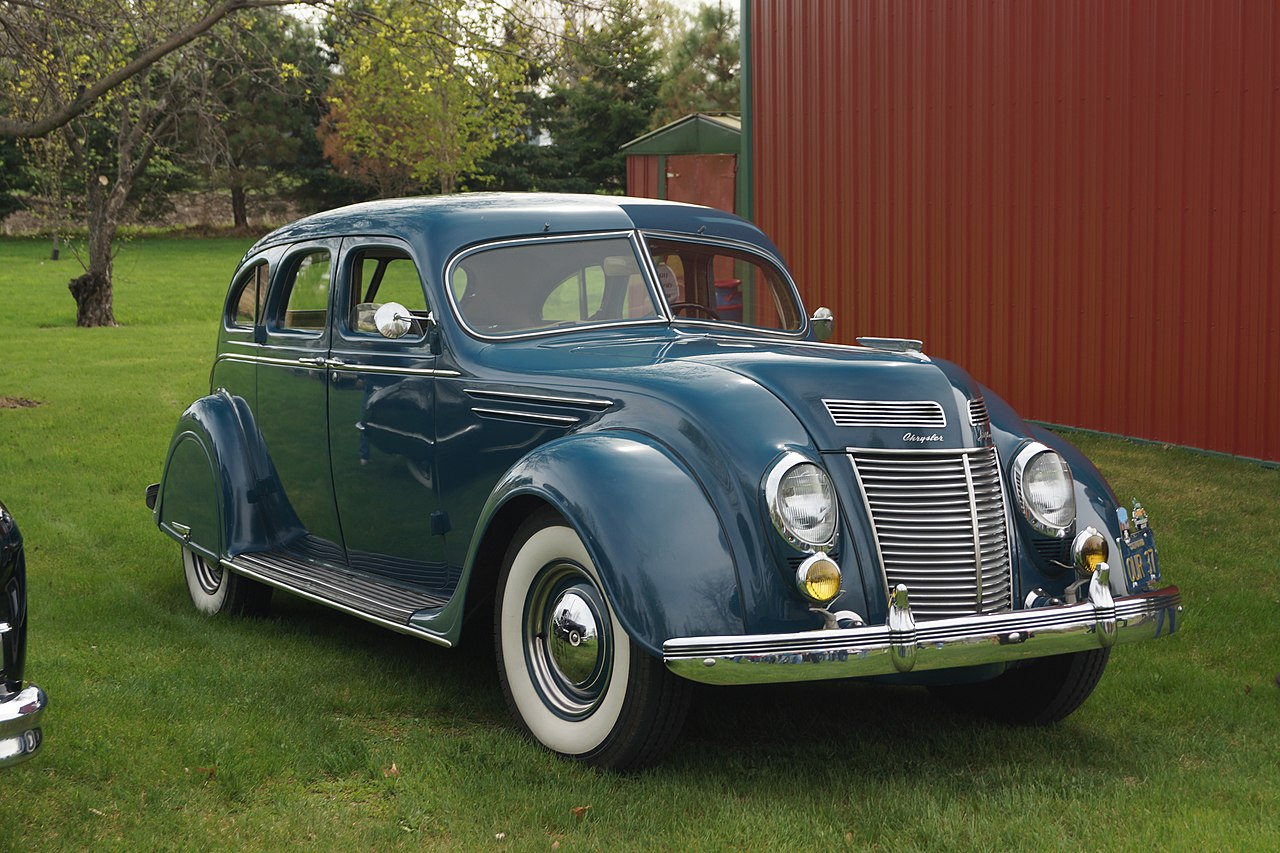 Greg Gjerdingen, CC BY 2.0, Wikimedia Commons
Greg Gjerdingen, CC BY 2.0, Wikimedia Commons
Aerodynamic Innovation
Before the Airflow, car manufacturers paid little attention to how aerodynamics affected overall performance.
Chrysler engineers Carl Breer, Fred Zeder, and Owen Skelton changed that when they realized that their internal compression engines would never push vehicles to their maximum efficiency.
So they turned to an expert for help.
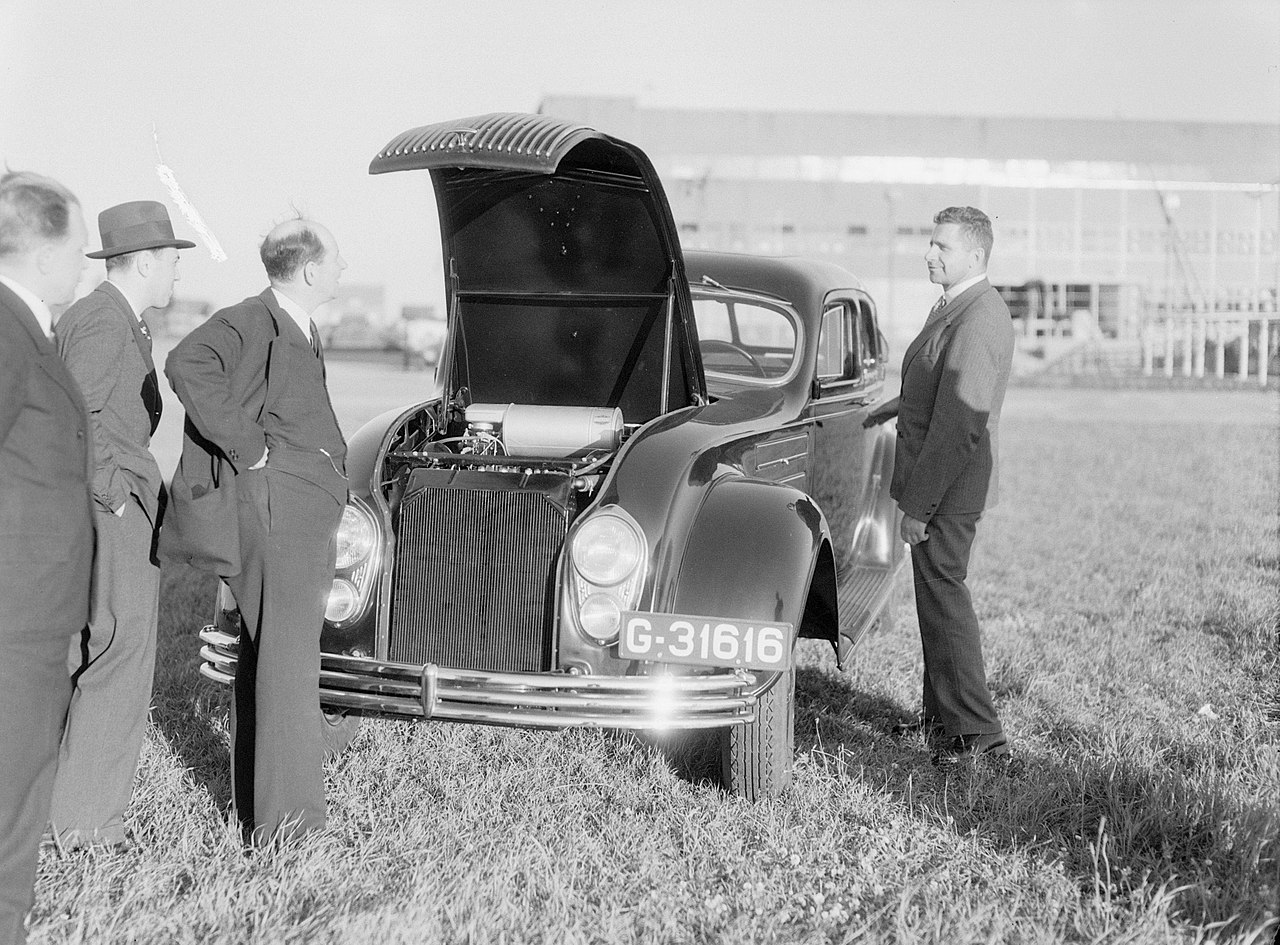 Willem van de Poll, CC0, via Wikimedia Commons
Willem van de Poll, CC0, via Wikimedia Commons
Wright Was Right
The engineers met with aviation legend Orville Wright, who suggested that they use a wind tunnel to test aerodynamics with prototype vehicles.
This was the breakthrough Chrysler needed.
A Fierce Design
From the initial wind tunnel tests, the Chrysler engineers discovered that their cars had less wind resistance when driven backwards. This led them to come up with the teardrop design and streamlined body of the Airflow.
The Airflow was such an innovation that it threatened Chrysler’s biggest competitor, General Motors.
 Morio, CC BY-SA 4.0, Wikimedia Commons
Morio, CC BY-SA 4.0, Wikimedia Commons
False Advertisement
To stop the success of the new car, General Motors put out ads claiming that Chrysler’s Airflow was unsafe to drive. They also said it was a copy of one of their top-secret designs.
The smear campaign was a success, and the Airflow was discontinued in 1937.
General Motors never faced any consequences for the bold lie.
2. The Tucker 48 Fraud
In 1948, car designer Preston Tucker unveiled a state-of-the-art vehicle with new engineering, streamlined styling, and innovative safety features. This was the Tucker 48, and people were immediately enamored with the new car.
But while Tucker’s vehicle was legit, the man himself was hiding dark secrets.
The Cyclops Eye
One of the most distinct features of the Tucker 48 was its central third headlights, called the “Cyclops Eye”. The Cyclops Eye rotated to provide visibility around corners with a steering angle of more than 10 degrees.
At the time, many states prohibited cars from having more than two headlights, but Tucker got around this by creating a cover for the Cyclops Eye.
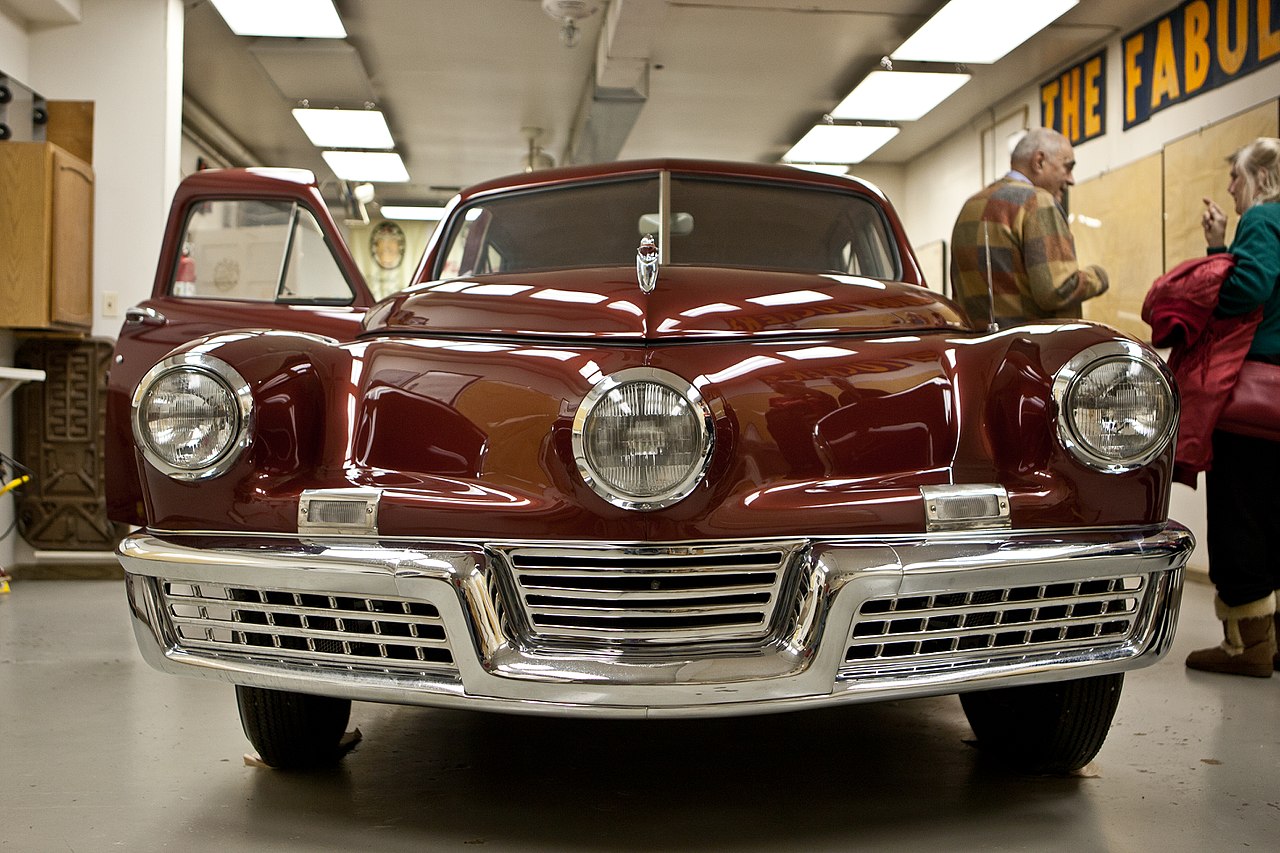 Cathy T, CC BY 2.0, Wikimedia Commons
Cathy T, CC BY 2.0, Wikimedia Commons
Safety First
The Tucker 48 also had impressive safety features like a padded dashboard and shatterproof pop-out windshield.
All in all, it was a successful entry into the car market, but the manufacturer's shady business practices would soon catch up with him.
Still A Classic
Tucker was eager to make some money, so he started selling cars and accessories before the vehicles had even been built. After several delays that held up the start of production, the government took notice.
In 1950, Tucker and his board of directors were charged with fraud. The company was closed down and only 51 cars made it off the production line.
Today, the Tucker 48 is one of the world’s rarest and most coveted classic cars.
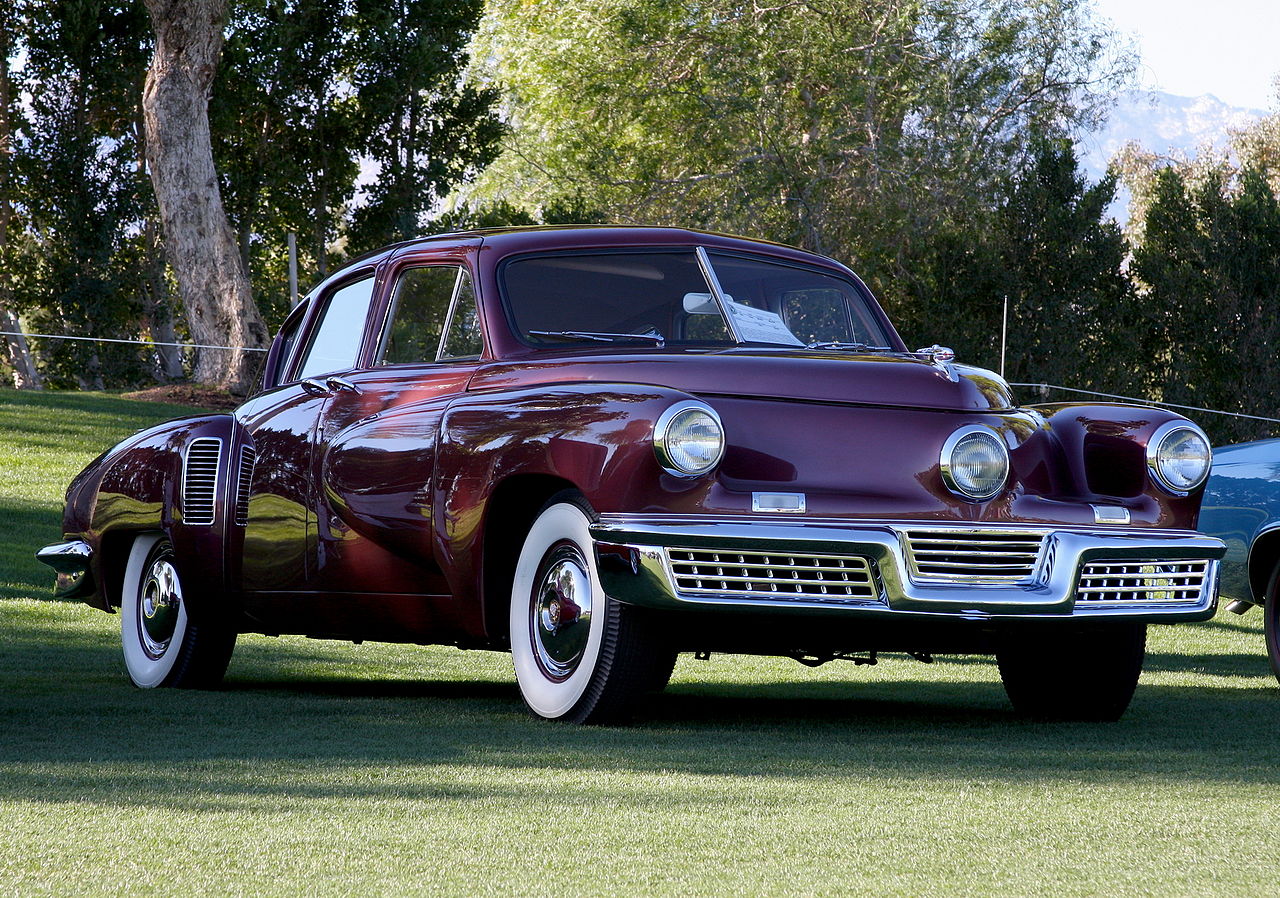 Rex Gray, CC BY 2.0, Wikimedia Commons
Rex Gray, CC BY 2.0, Wikimedia Commons
3. Exploding Ford Pintos
After an energy crisis in the 1970s, American car manufacturers wanted to make smaller, more fuel-efficient vehicles.
The Pinto was Ford’s entry into the arena of compact cars and it was a hit success the moment it was introduced in 1971.
However, the Pinto had a fatal flaw—and Ford knew about it all along.
Redefining "Hot Rod"
After three deaths and four critical injuries, people realized that the Pinto’s gas tank was prone to catching fire during low-speed rear-end collisions.
The Center for Auto Safety called for a recall of Ford Pintos in 1974, but it would take several more years—and fatalities—for Ford to respond.
Money Over Everything
In 1977, the Center for Auto Safety found that Ford had known about the dangers of the Pinto’s fuel tank design before they started selling the cars.
The company performed a cost/benefit analysis and determined that correcting the fuel tank design would be more costly than payouts for any deaths or injuries.
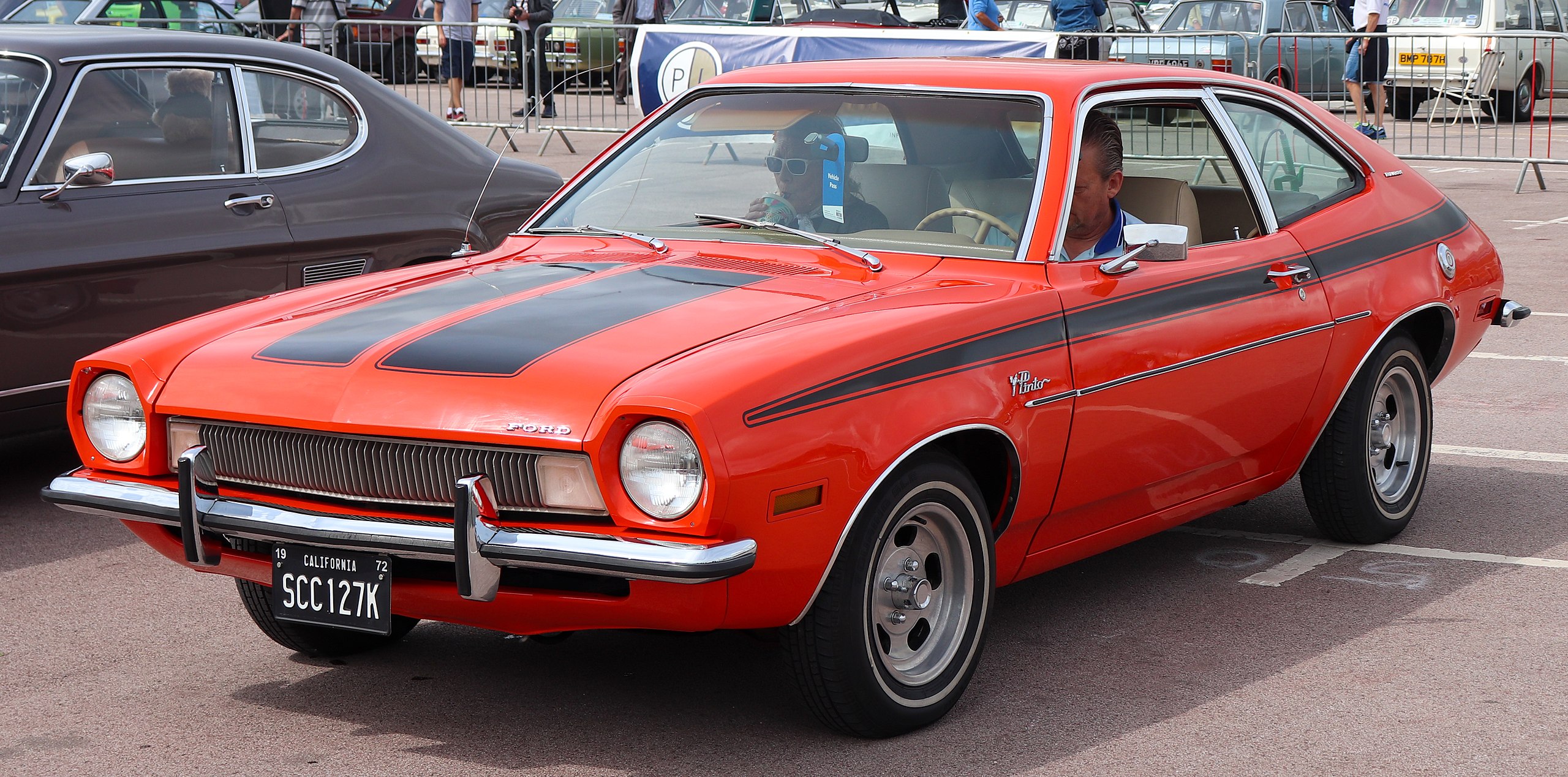 Vauxford, CC BY-SA 4.0, Wikimedia Commons
Vauxford, CC BY-SA 4.0, Wikimedia Commons
Bad Reputation
From reports, anywhere from 30 to 180 deaths can be attributed to Pinto fuel tank fires. Ford finally recalled 1.5 million Pintos in 1980 and then stopped building the cars altogether.
They were also ordered to pay over $100 million in civil damages, but that was nothing compared to how this PR disaster damaged the company’s reputation.
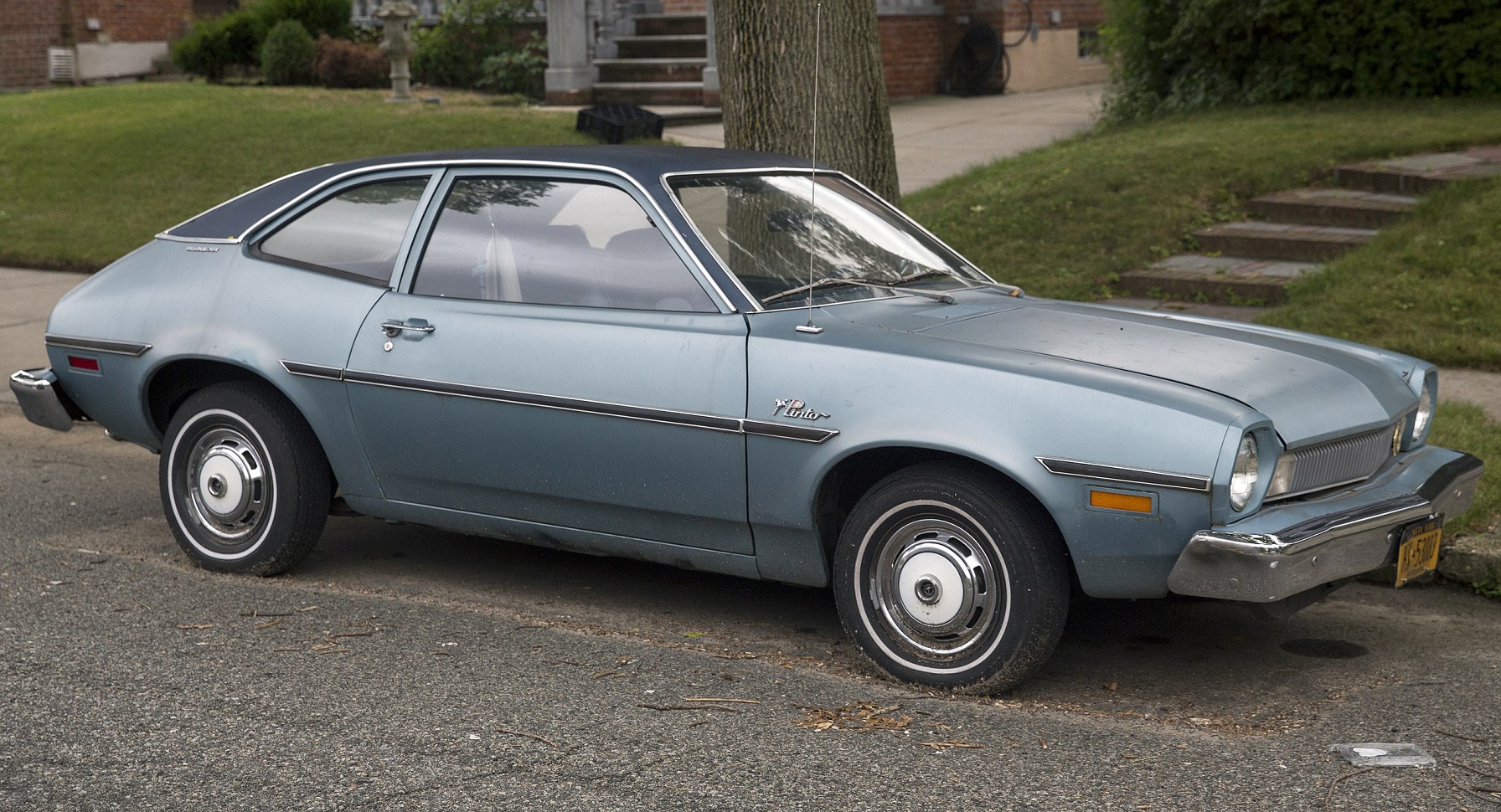 Mr.choppers, CC BY-SA 3.0, Wikimedia Commons
Mr.choppers, CC BY-SA 3.0, Wikimedia Commons
4. John DeLorean's Drug Deal
After being featured in Back to the Future, the DeLorean DMC-12 became one of the most iconic cars of the 1980s. But despite this elevated status, the car was infamous for its poor performance and low market sales.
The latter would lead the car's creator, John DeLorean, to commit a desperate act.
His Dream Car
John DeLorean achieved renown in the auto industry after designing the Pontiac GTO and the Firebird. In 1973, he left General Motors to create his own business, the DeLorean Motor Company.
The company was funded by the British government and several other investors, which helped DeLorean create his “dream car”.
Not Such A Hot Commodity
With an eye-catching stainless-steel body, gullwing doors, and 130-horsepower Renault engine, the DeLorean should have been a hot commodity.
But from 1981 to 1983 only 6,681 DeLoreans were sold in the United States.
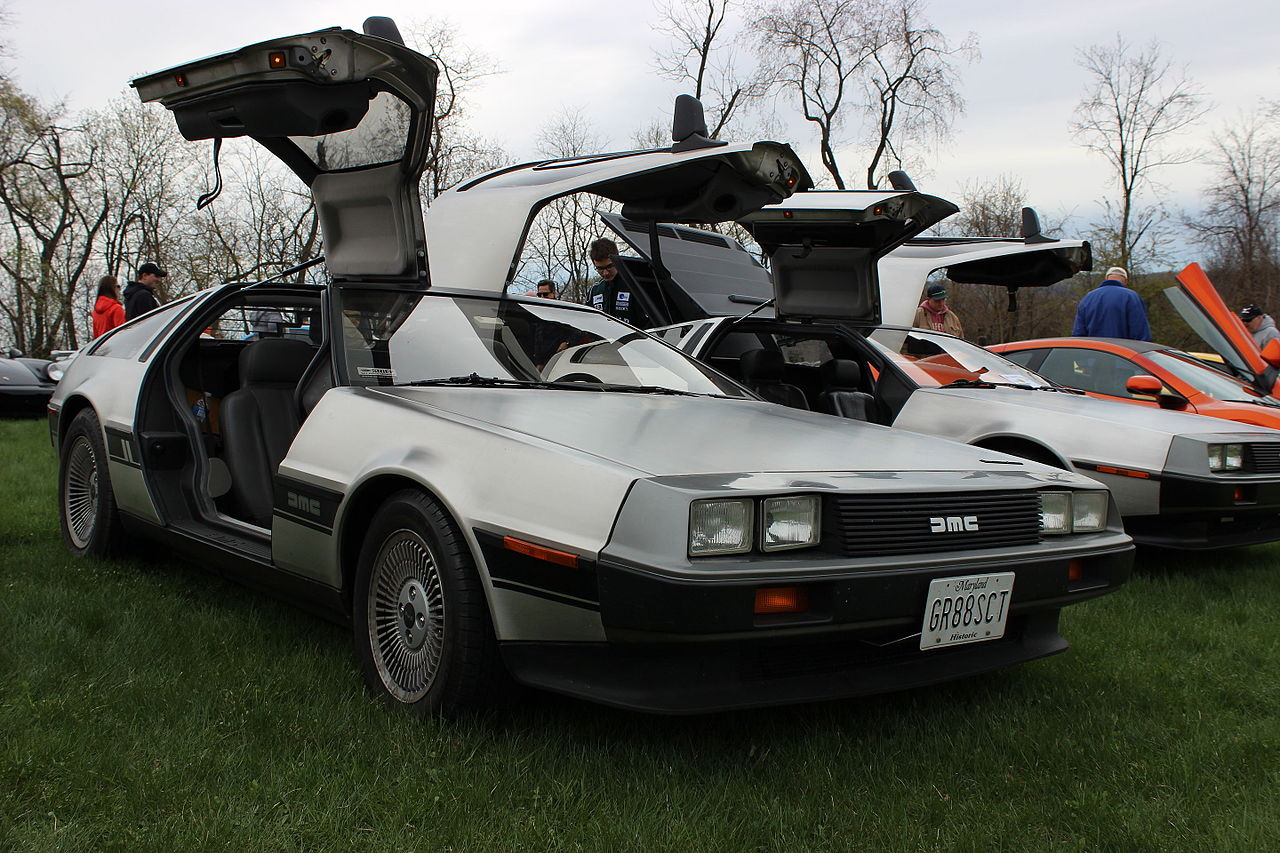 ilikewaffles11, CC BY 2.0, Wikimedia Commons
ilikewaffles11, CC BY 2.0, Wikimedia Commons
An Unfair Price
The problem was the price of the car. The DeLorean had a $25,000 price tag, quite a bit more than the high-performing Corvette.
And considering its performance was mediocre even compared to cheap, $10,000 average cars, the DeLorean was way overpriced.
The poor sales of the car spelt trouble for John DeLorean.
Caught Red-Handed
Hoping to keep the company afloat, John DeLorean tried to sell 59 pounds of coke for $24 million.
He was apprehended in October 1982, but with his company gone bankrupt, he was acquitted of the charges two years later.
Sadly, that wasn’t the end of DeLorean’s legal troubles, and after going on trial for fraud, he spent the next 20 years paying off lawyers and creditors.
 en:user:Grenex, CC BY-SA 3.0, Wikimedia Commons
en:user:Grenex, CC BY-SA 3.0, Wikimedia Commons
5. The Unsafe Chevrolet Corvair
After seeing how much people loved small, imported cars like the VW Beetle, General Motors tried to grab everyone's attention with the Chevrolet Corvair.
Introduced in 1960, the Corvair featured a rear-mounted, air-cooled, flat-six engine and was available in several trims.
It would take five more years for the car to really become famous—but the reason behind the fame was far from good.
Unsafe At Any Speed
In 1965, the Corvair was featured in Ralph Nader's book "Unsafe at Any Speed". The book was a critique of the safety of modern vehicles and Nader brought attention to the potential dangers of the Corvair’s design.
He noted that the car’s swing-axle rear suspension could make the inside wheel tuck into the body during cornering, causing oversteer.
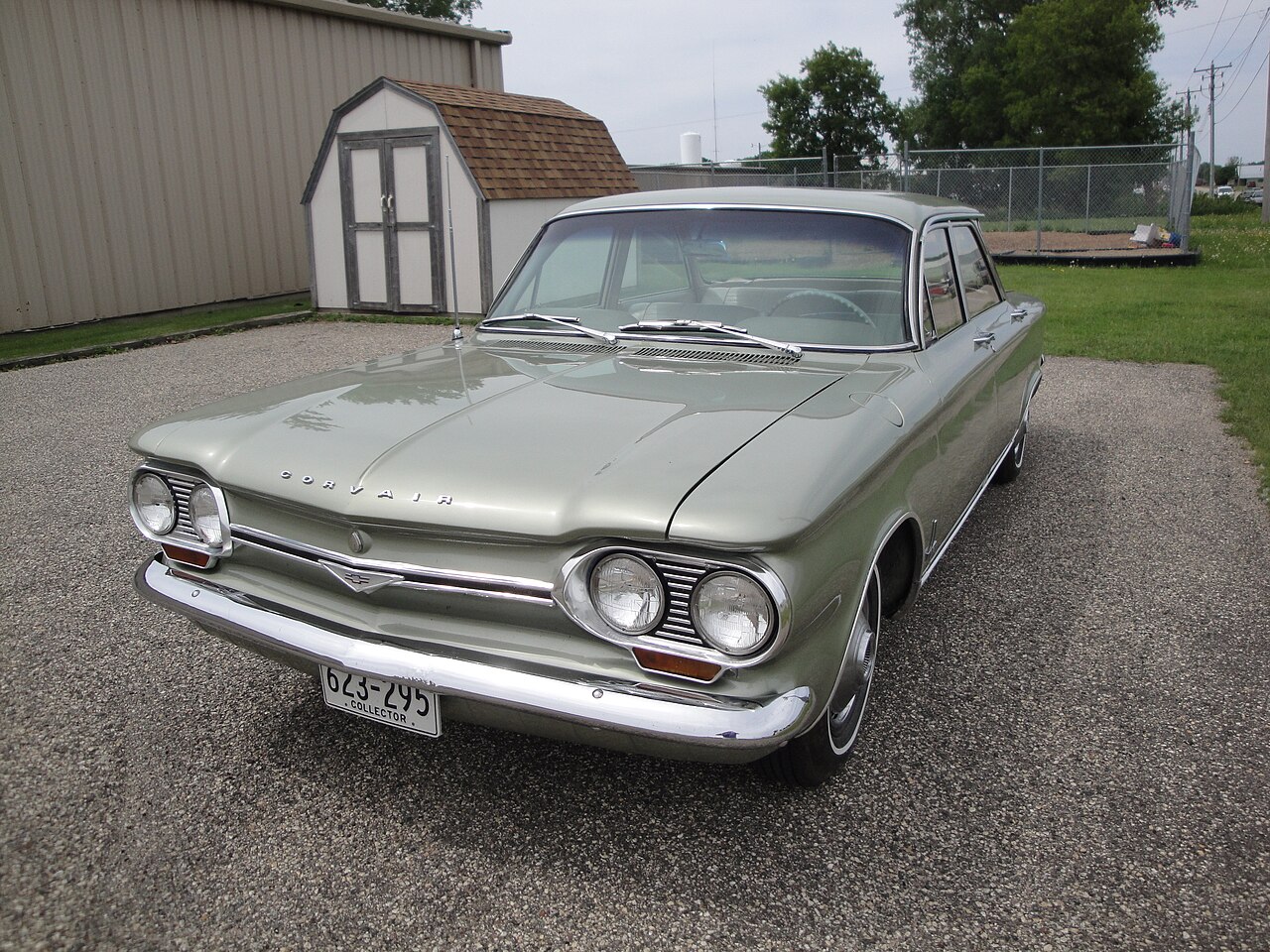 Greg Gjerdingen, CC BY 2.0, Wikimedia Commons
Greg Gjerdingen, CC BY 2.0, Wikimedia Commons
Too Much Sway
This was a change from the original design of the vehicle, which showed a front anti-sway bar to mitigate any issues related to the rear suspension and improved the car’s handling.
Chevrolet changed the design to cut costs, but with the front anti-roll bar, the car was potentially dangerous to drive.
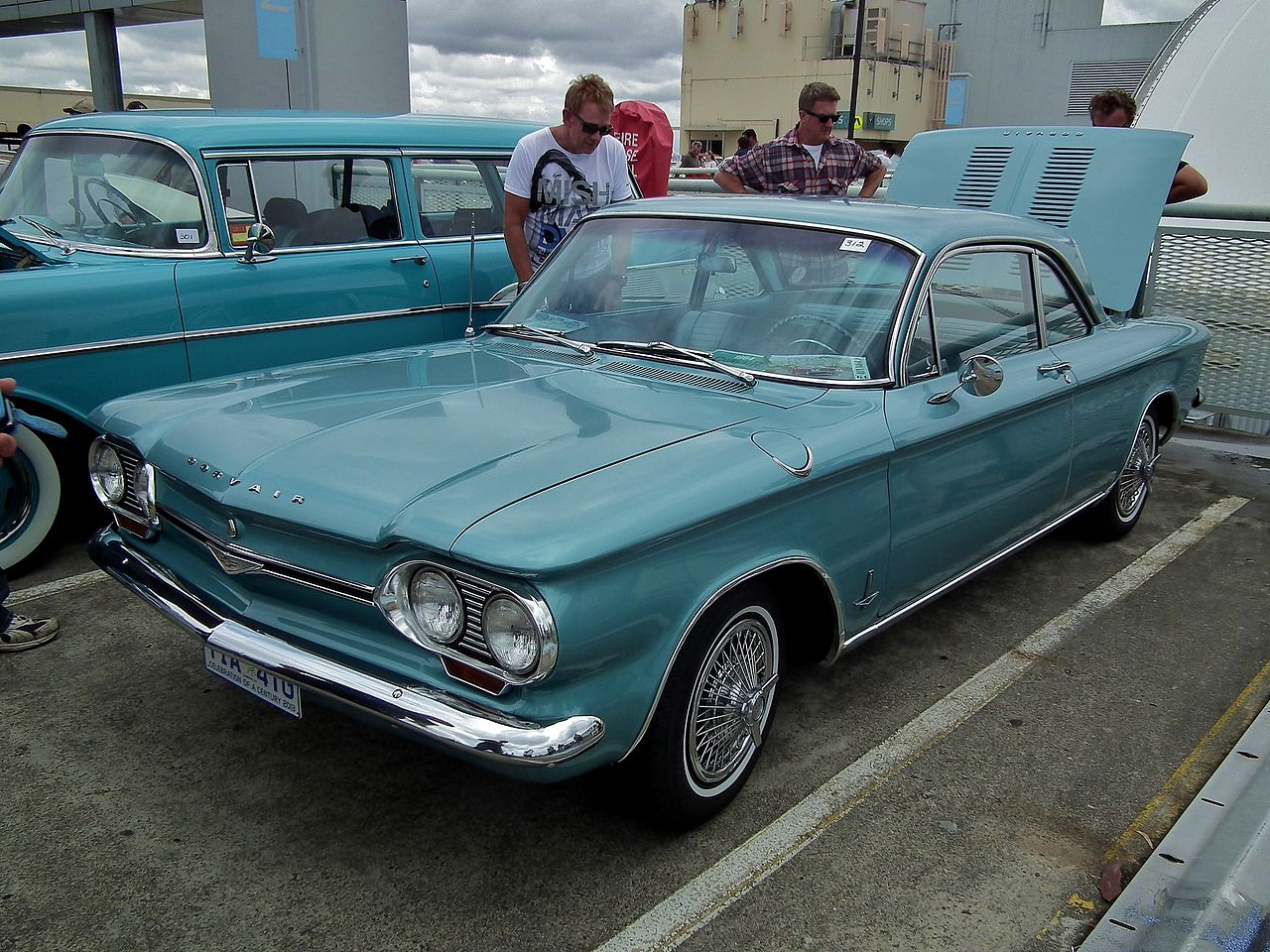 sv1ambo, CC BY 2.0, Wikimedia Commons
sv1ambo, CC BY 2.0, Wikimedia Commons
Safety Matters
The critique in "Unsafe At Any Speed" sparked a decline in the sale of Chevrolet Corvairs, until the car was finally discontinued in 1969.
The book also sparked a shift in the automotive industry, leading to the passing of the 1966 National Traffic and Motor Vehicle Safety Act, the first real vehicle safety legislation in America.
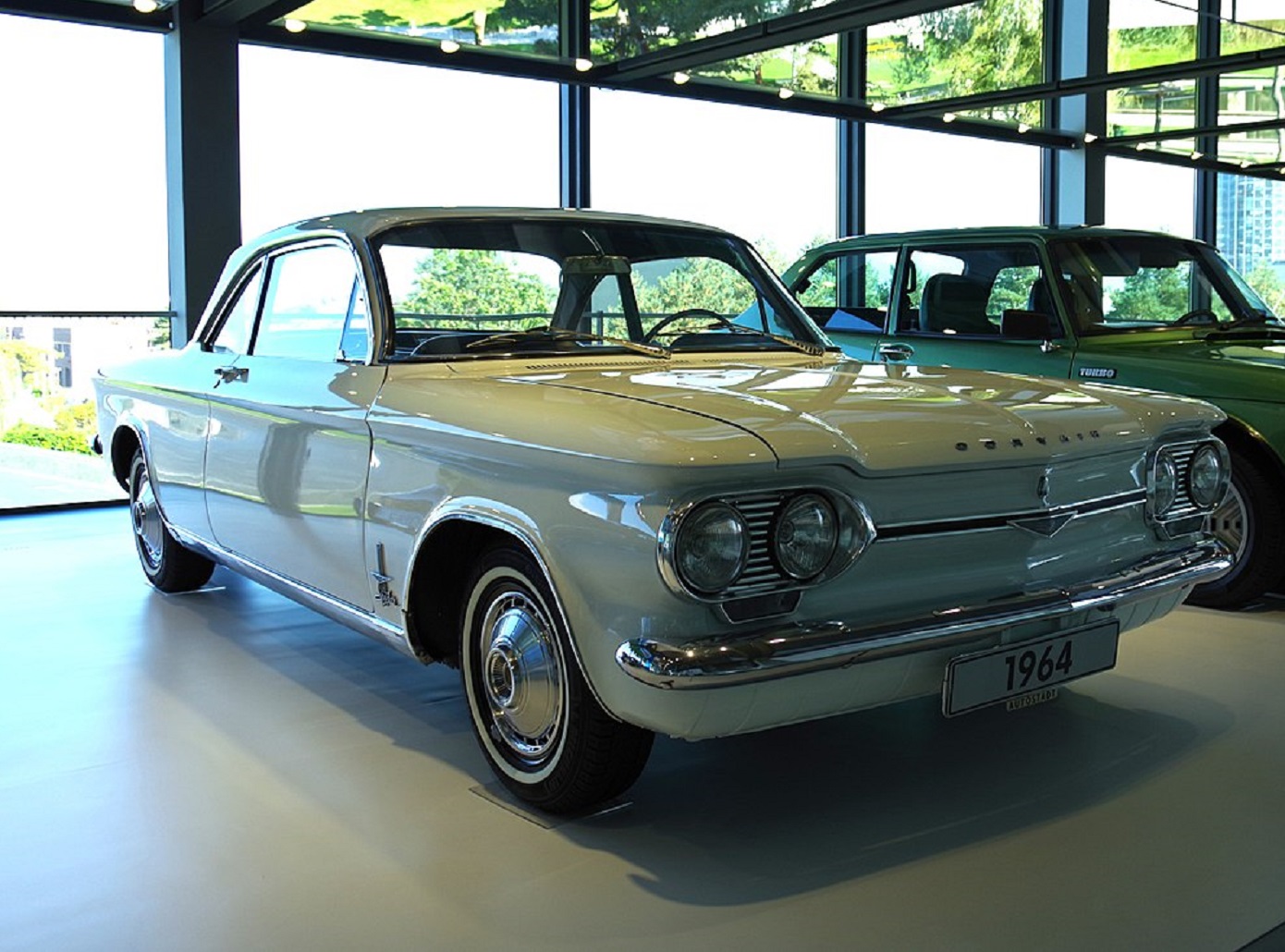 Triple-green, CC BY-SA 2.0, Wikimedia Commons
Triple-green, CC BY-SA 2.0, Wikimedia Commons
6. Audi's Accidental Acceleration
In November 1986, the Audi 5000 was featured on an episode of 60 Minutes called “Out of Control”. Unfortunately, the feature signaled the beginning of a dark era for Audi.
On the show, owners were interviewed about the accidents that happened when their cars suddenly accelerated without warning.
Fake News
The show even featured a clip of an Audi 5000 jerking forward on its own—but it was fake. The TV crew had amped up the drama and used a modified car to shoot the false news clip.
Audi quickly responded to the accusations, but it did little to quell consumers’ anger.
Driver Error
Audi explained that the cars weren’t accelerating on their own, but rather, drivers were still pressing the gas pedal when they thought they were braking.
Compared to American cars at the time, the gas and brake pedals were very close, causing some drivers to unknowingly keep hitting the gas.
 Jiří Sedláček, CC BY-SA 4.0, Wikimedia Commons
Jiří Sedláček, CC BY-SA 4.0, Wikimedia Commons
Too Little, Too Late
Audi’s explanation was confirmed three years after the damning segment, when the National Highway Traffic Safety Administration (NHTSA) exonerated the company of any wrongdoing and pointed to pedal placement and other details in the design of foreign cars as the issues.
But the all-clear did little to stem the flood of lawsuits against Audi.
A Sinking Ship
To prevent issues, Audi installed interlock devices to prevent transmission engagement without a driver stepping on the brake pedal. The installation was free, but consumers had lost faith in the company.
Sales plummeted and it be almost 20 years before Audi saw American sales numbers on par with those before 1986.
7. Daimler's International Bribes
While it became the Mercedes-Benz Group in February 2022, Daimler’s history in the automobile industry is far less luxurious than the cars they make.
The company’s biggest scandal occurred in 2010, when the U.S. Securities and Exchange Commission (SEC) finished their investigation of the company’s habit of trading bribes for business.
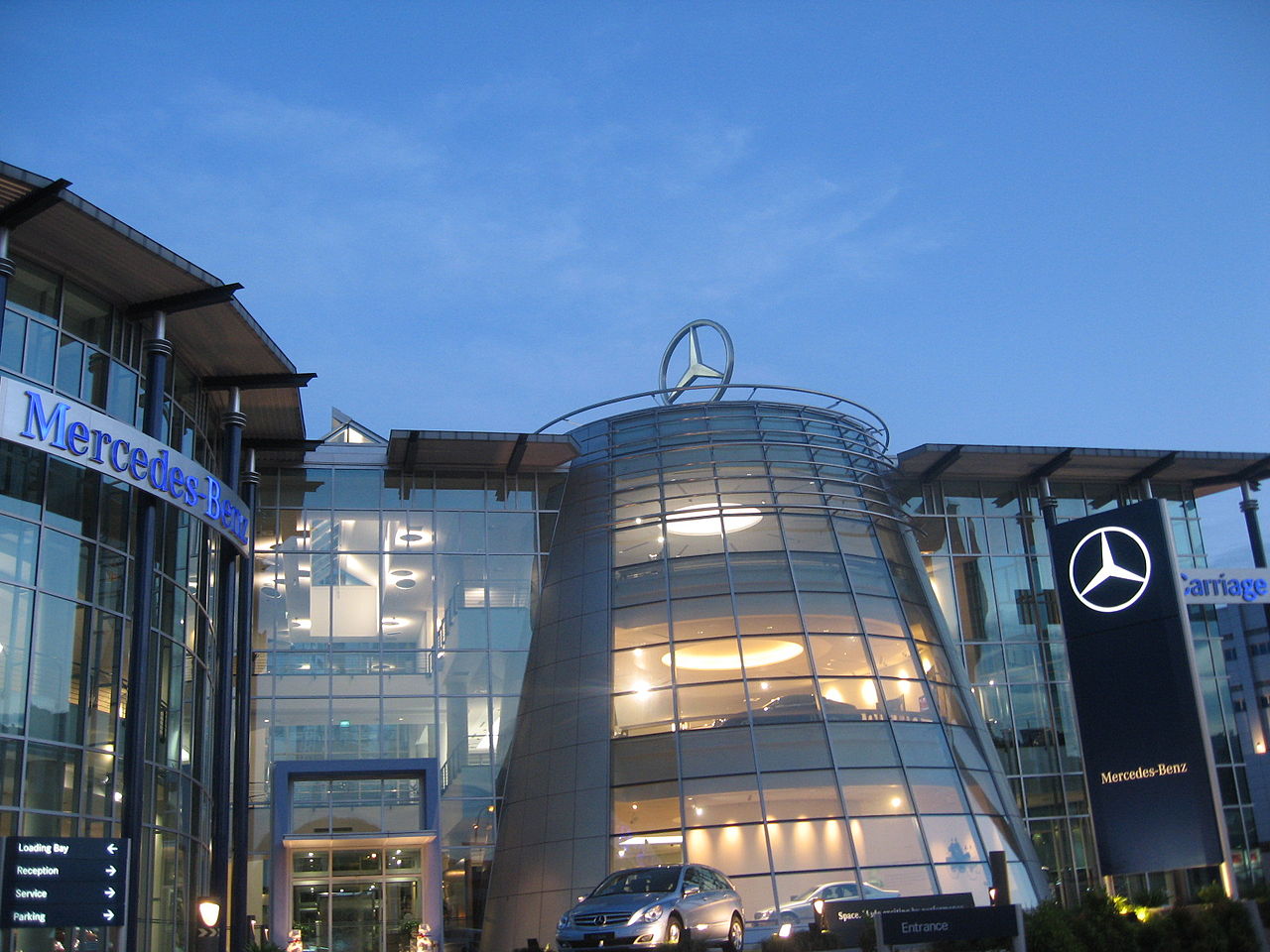 Terence Ong, CC BY-SA 3.0, Wikimedia Commons
Terence Ong, CC BY-SA 3.0, Wikimedia Commons
Money Talks
The SEC found that despite the company’s integrity code and anti-bribery principles, paying off foreign government representatives was a common way of getting their business.
This had been going on in Eastern Europe, Africa, the Middle East, and Asia.
The Crackdown
Daimer’s payoffs were a breach of the Foreign Corrupt Practices Act, and the higher-ups had ignored this transgression until the SEC started investigating in 2008.
The SEC found that Daimler shelled out $56 million in bribes and raked in nearly $2 billion in revenue and another $90 million in unlawful profits from the shady deals.
Daimler settled and paid a fine of $185 million.
8. Ford Explorer Firestone Tires
In 2000, the National Highway Traffic Safety Administration opened an investigation into Ford and Firestone. They found that because of bad practices from both companies, the Firestone tires that were standard on the Ford Explorer were experiencing catastrophic failures.
That year, more than 6 million tires were recalled.
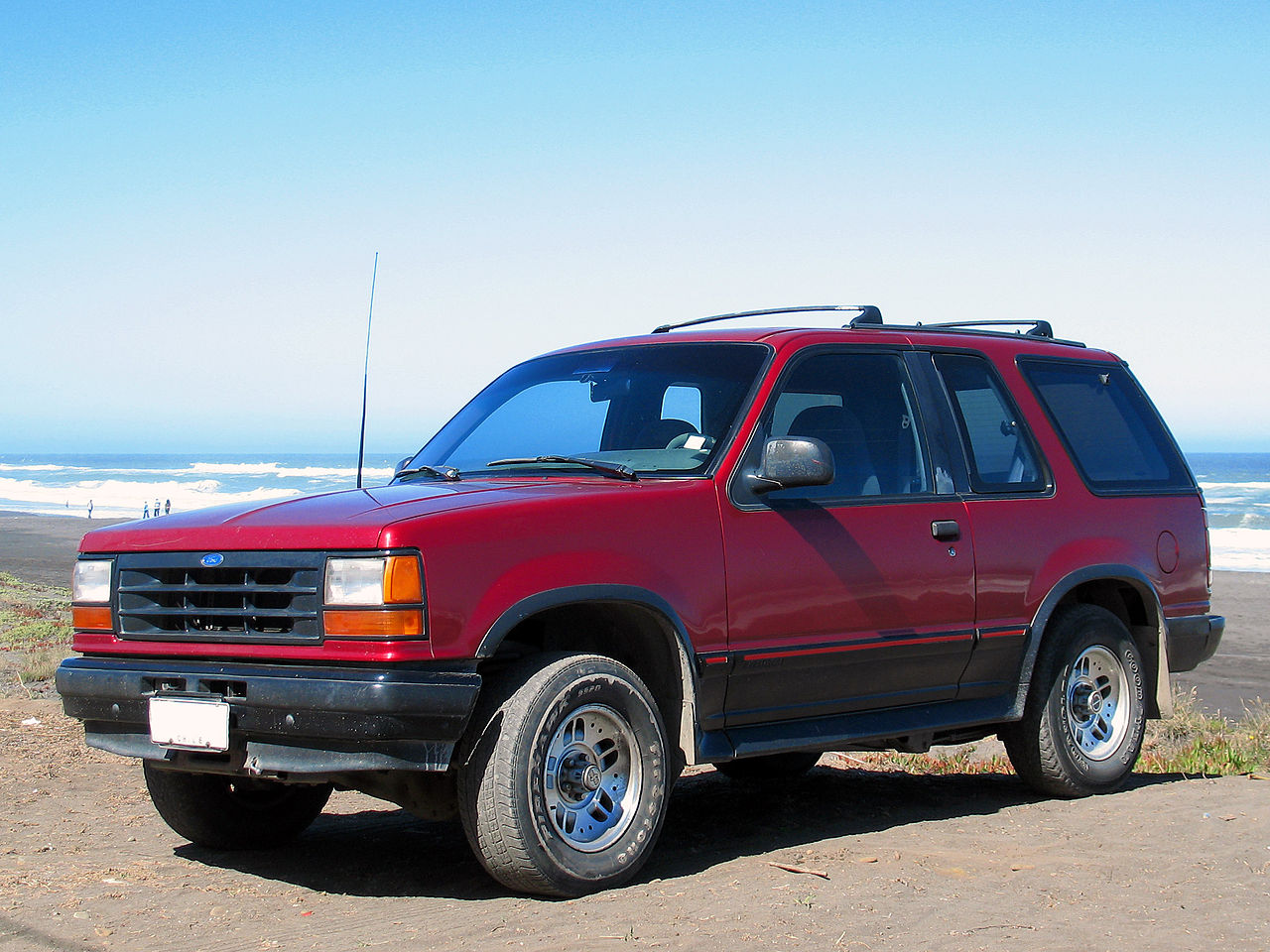 order_242, CC BY-SA 2.0, Wikimedia Commons
order_242, CC BY-SA 2.0, Wikimedia Commons
Bad Batch
Most of the accidents happened when the tread of the tire peeled off. This would cause the tire to malfunction or rupture and contributed to many turnovers and crashes as drivers lost control.
We still don’t know why the tread in these specific tires was prone to peeling, but former Firestone employees say poor quality control and working conditions are to blame for the errors in production.
A Bad Call
Ford knew that with fully inflated tires, the Explorer had a habit of rolling during sharp turns. So, they recommended that owners inflate their tires to 26 psi rather than the standard 35 psi.
But that low tire pressure could have also caused the blowouts.
With less air, tires generate more friction and heat and have a larger area of contact with the road, which probably contributed to all the issues.
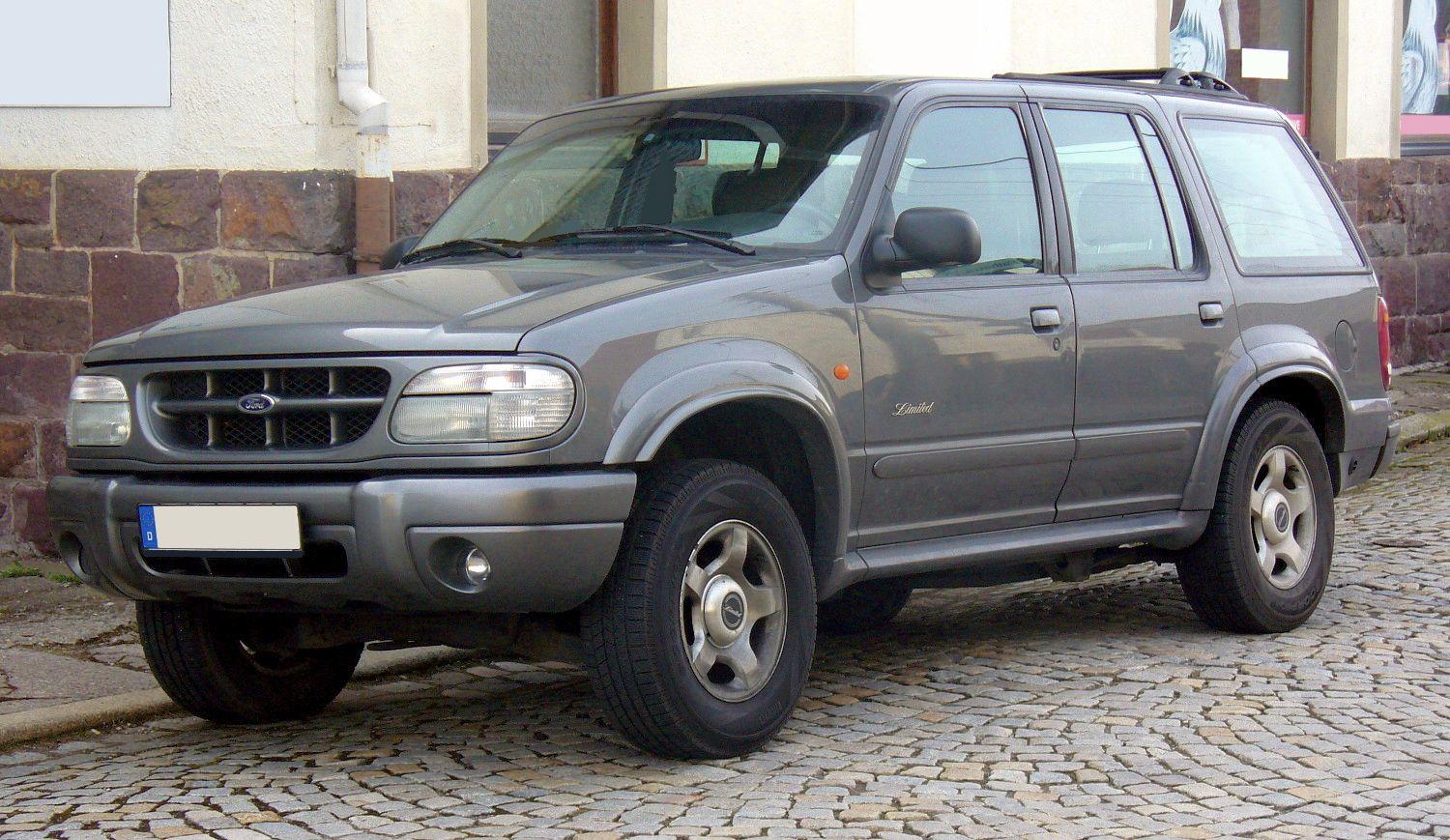 Thomas doerfer, CC BY-SA 3.0, Wikimedia Commons
Thomas doerfer, CC BY-SA 3.0, Wikimedia Commons
Ford Under Fire
The failures and ensuing accidents led to many lawsuits, and by 2020, at least 271 people had lost their lives in accidents related to the tire failure.
After a Congressional investigation, the CEOs of Ford and Firestone resigned and the companies parted ways. It was the end of a partnership that went back almost 100 years.
 Lane V. Erickson, Shutterstock
Lane V. Erickson, Shutterstock
9. Volkswagen's Diesel Cheating Scheme
In 2015, the U.S. Environmental Protection Agency served Volkswagen with a violation of the Clean Air Act, exposing VW’s emissions-cheating scheme.
You see, the engineers at Volkswagen had trouble making a diesel engine that could meet parameters for U.S. emissions while also maintaining peak performance.
So they came up with a way to fake it.
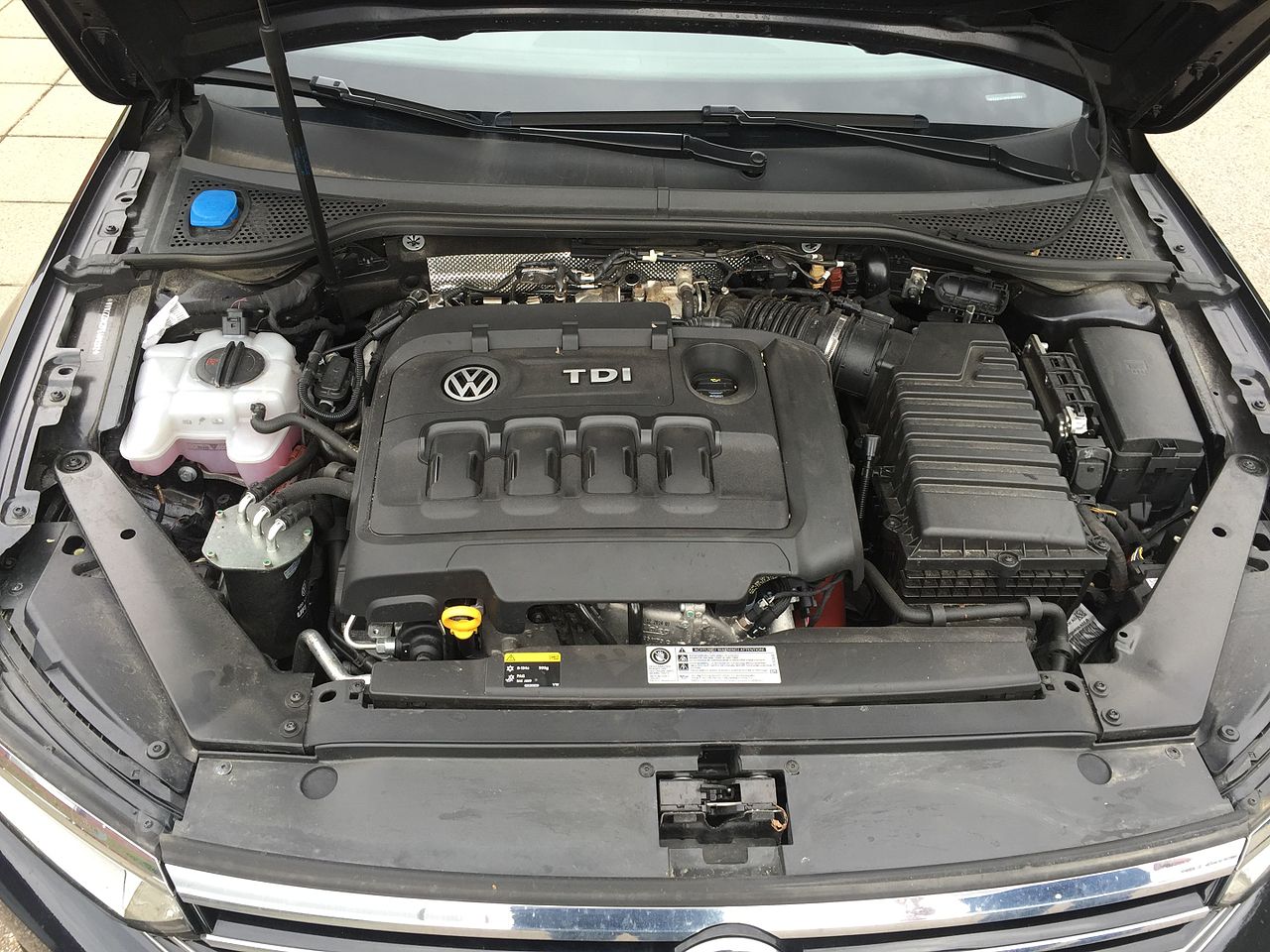 Christian Giersing, CC BY-SA 3.0, Wikimedia Commons
Christian Giersing, CC BY-SA 3.0, Wikimedia Commons
Switch On, Switch Off
The engineers programmed the engine with a switch, that way they could turn on emissions controls during testing but shut them off for use on real roads.
When they got found out, VW tried to blame them for scheme. But they say a fish rots from the head down, and such was the case with this shady scheme.
They Knew
An investigation proved that managers at the company kept approving the high-emission engines even when other employees objected.
The managers also told the engineers to keep the cheating software a secret. Former CEO Martin Winterkorn knew about the software and was the one who authorized the cover-up.
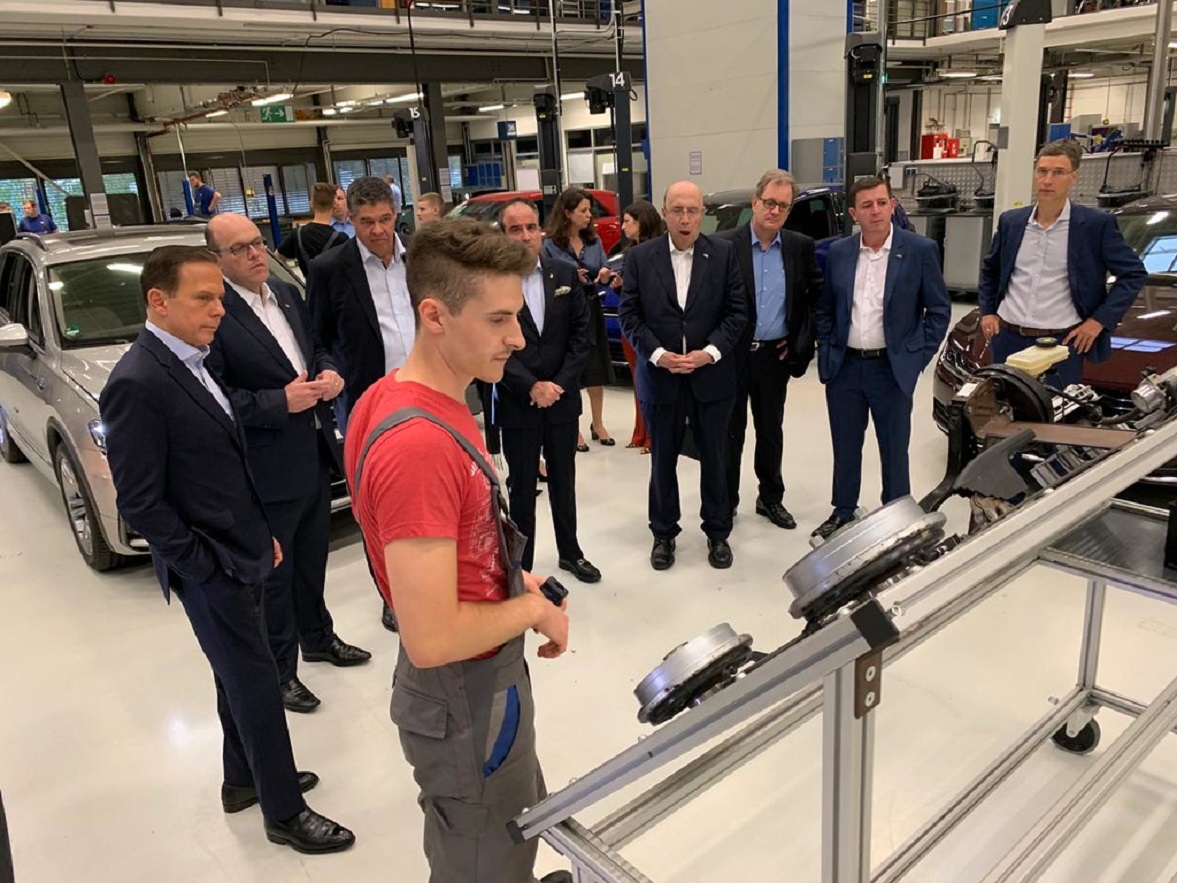 Governo do Estado de São Paulo, Flickr
Governo do Estado de São Paulo, Flickr
Diesel Decline
The scandal from the emissions-cheating scheme led to Winterkorn’s resignation and cost Volkswagen more than $30 billion dollars in the U.S.
But more than just VW, the scandal led other countries’ regulators to look more closely at diesel engine emissions. In turn, diesel engines became far less popular with consumers around the world.
10. Takata's Deadly Airbags
When it comes to automotive recalls, few have been as serious as the Takata airbag recall. Between 2000 and 2008, Takata produced airbags that caused far more harm than good.
The airbags were negatively affected by moisture, which caused them to activate with excessive force.
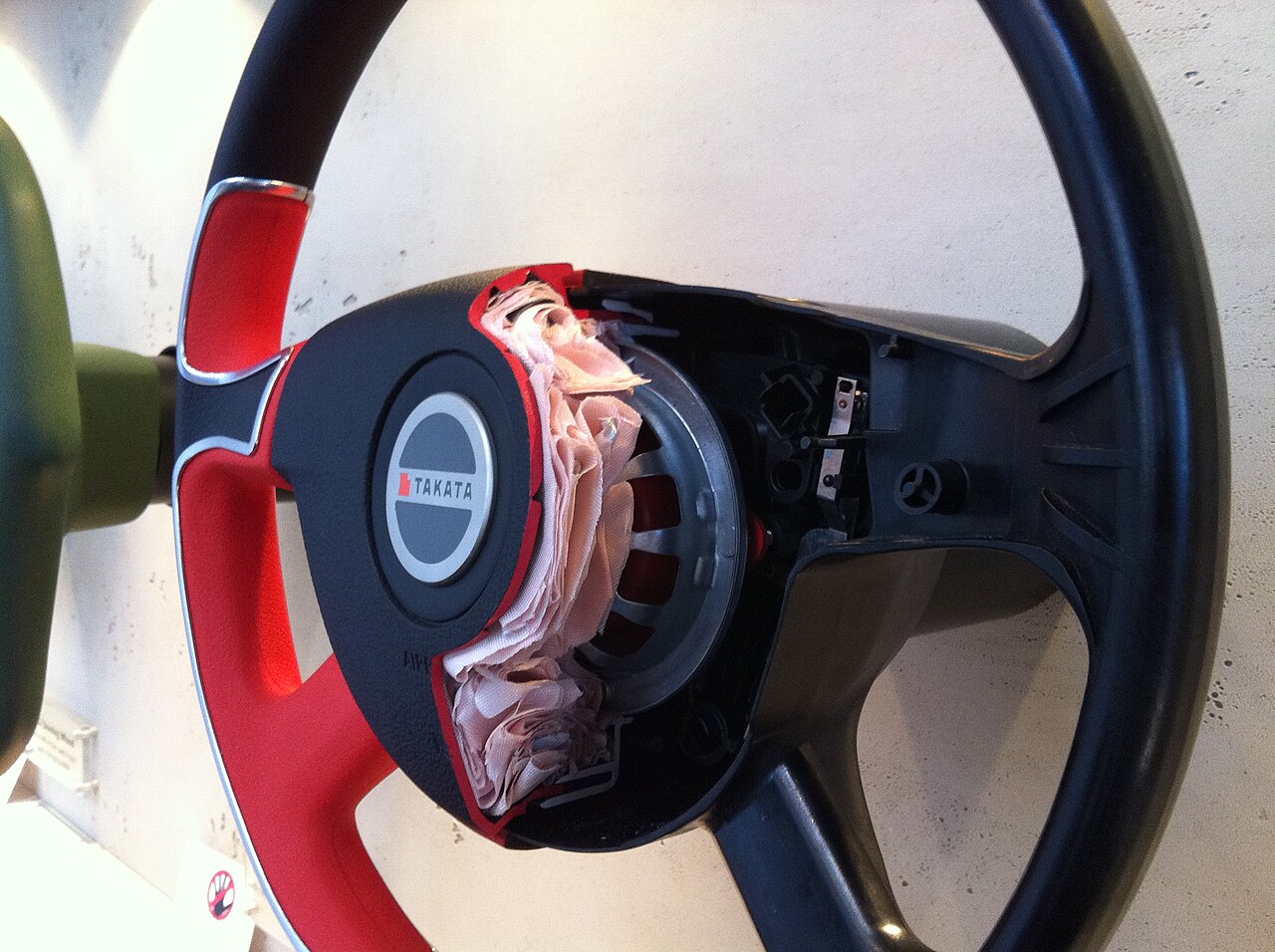 Alexauto321, CC BY-SA 3.0, Wikimedia Commons
Alexauto321, CC BY-SA 3.0, Wikimedia Commons
Deadly Force
The force of the airbags itself was a danger, but things got more perilous is the airbag ruptured its metal housing. This would send shrapnel and chemicals spraying all over the cabin of the car and could cause fatal injuries.
According to consumer reports, in the U.S., at least 400 people have been injured by the faulty airbags. 19 people have been killed by them.
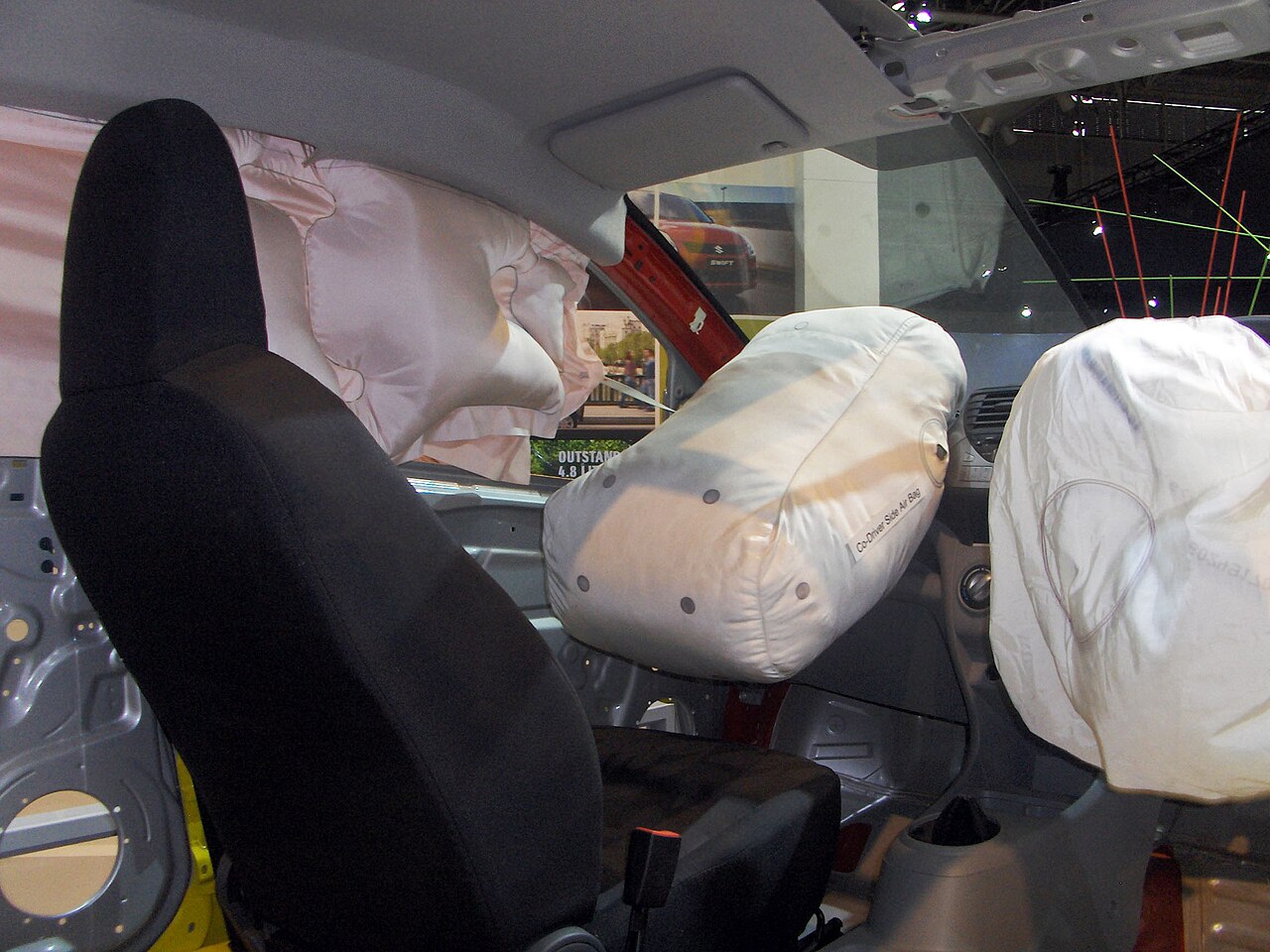 Pineapple fez, CC BY-SA 3.0, Wikimedia Commons
Pineapple fez, CC BY-SA 3.0, Wikimedia Commons
Still Cause For Concern
In 2014, consumers learned that Takata and Honda knew about the potential dangers of the airbags but choose to hold off on notifying the public.
The NHTSA ordered Honda to pay a $70 million fine for civil penalties, and since then, more than 67 million airbags have been recalled from over 42 million vehicles in the U.S.
However, with 10 different global car companies using the airbags, Takata could still see more problems in the future.
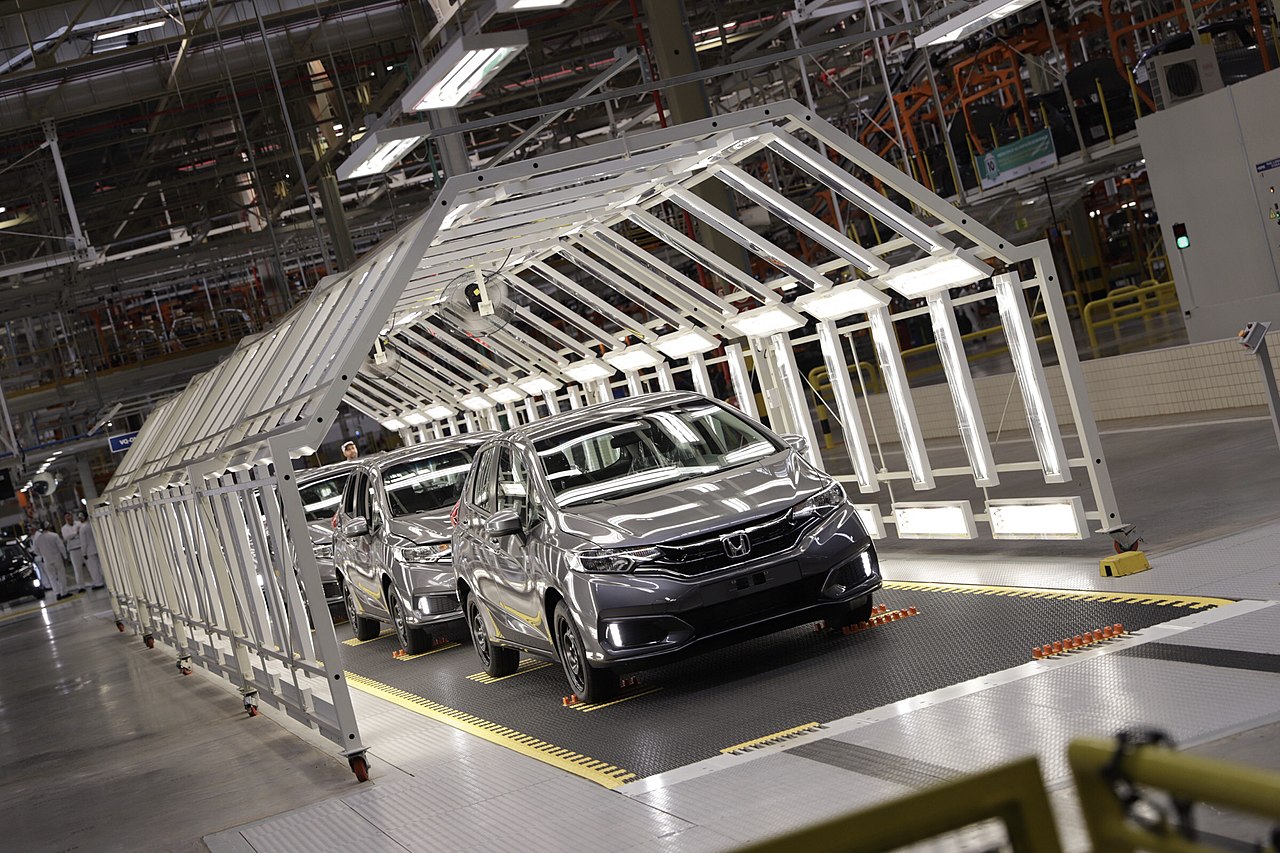 Governo do Estado de São Paulo, CC BY 2.0, Wikimedia Commons
Governo do Estado de São Paulo, CC BY 2.0, Wikimedia Commons
11. Ford's Transmission Scandal
Right after settling the mess with their defective Pintos, Ford found itself embroiled in another scandal.
In 1980, the NHTSA finished up a three-year investigation, showing that from 1966 to 1980, Ford’s automatic transmissions were created with a defect that caused the car to unexpectedly go from park to reverse.
Another Fatal Flaw
Thousands of accidents and injuries occurred from the transmission issue and Ford was forced to admit the design flaw with their transmission.
Turns out the shift detent mechanism between park and reverse was prone to wearing down with use, allowing the shifter to slip.
With 23 million vehicles affected, Ford was on the brink of financial disaster.
Read The Label
Luckily, Ford came to an agreement with the NHTSA. The NHTSA ordered them to mail warning dashboard labels to 23 million owners. The labels reminded people to use their parking brake and make sure the gear selector lever was fully in Park.
Ford avoided what would have been the biggest recall in history, but there was still a cost—at least 106 people died due to the transmission failure.
12. Toyota's Accidental Acceleration
In November 2009, reports about the dangers of Toyota’s cars came out. Several accidents and fatalities had been caused by sudden acceleration in Toyota and Lexus vehicles.
At first, Toyota blamed driver error. Then they said the problem was the floor mats blocking the release of the gas pedal.
The truth was more insidious.
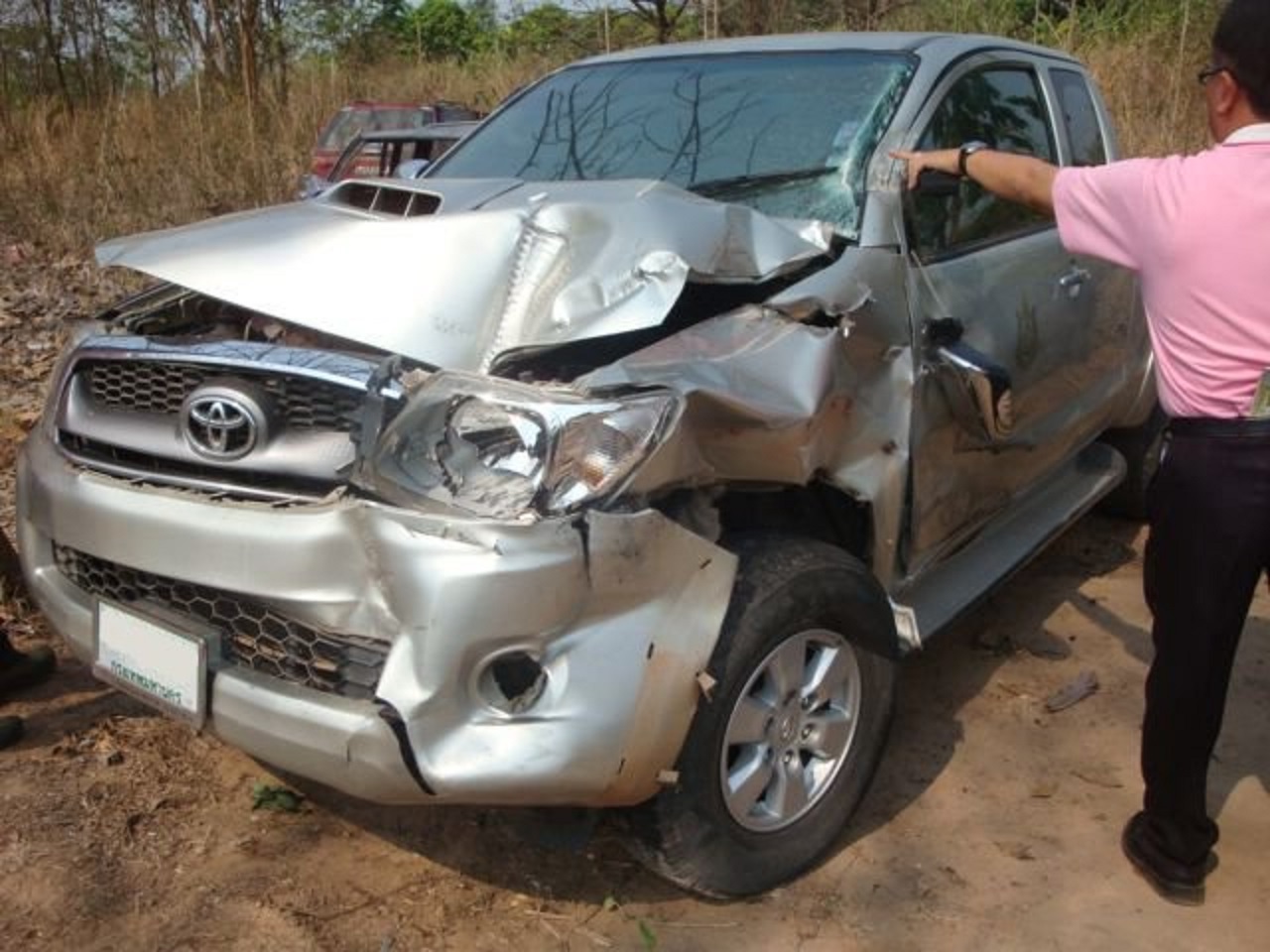 Love Krittaya, Wikimedia Commons
Love Krittaya, Wikimedia Commons
Mass Recall
Toyota recalled 9.3 million vehicles around the world and claimed that they had solved the issue of the gas pedal getting stuck under floor mats.
That was a lie.
The company later admitted that they hadn't actually fixed the problem—instead, they covered up the real reason cars were taking off on their own.
A Very Costly Mistake
Toyota’s investigation found that the issue with the pedals was a mechanical error in which the accelerator got stuck when it was partially depressed.
The company finally admitted that they had misled people about the safety of their vehicles and ended up paying a $1.2 billion fine.
It's still the largest automotive fine in U.S. history.


